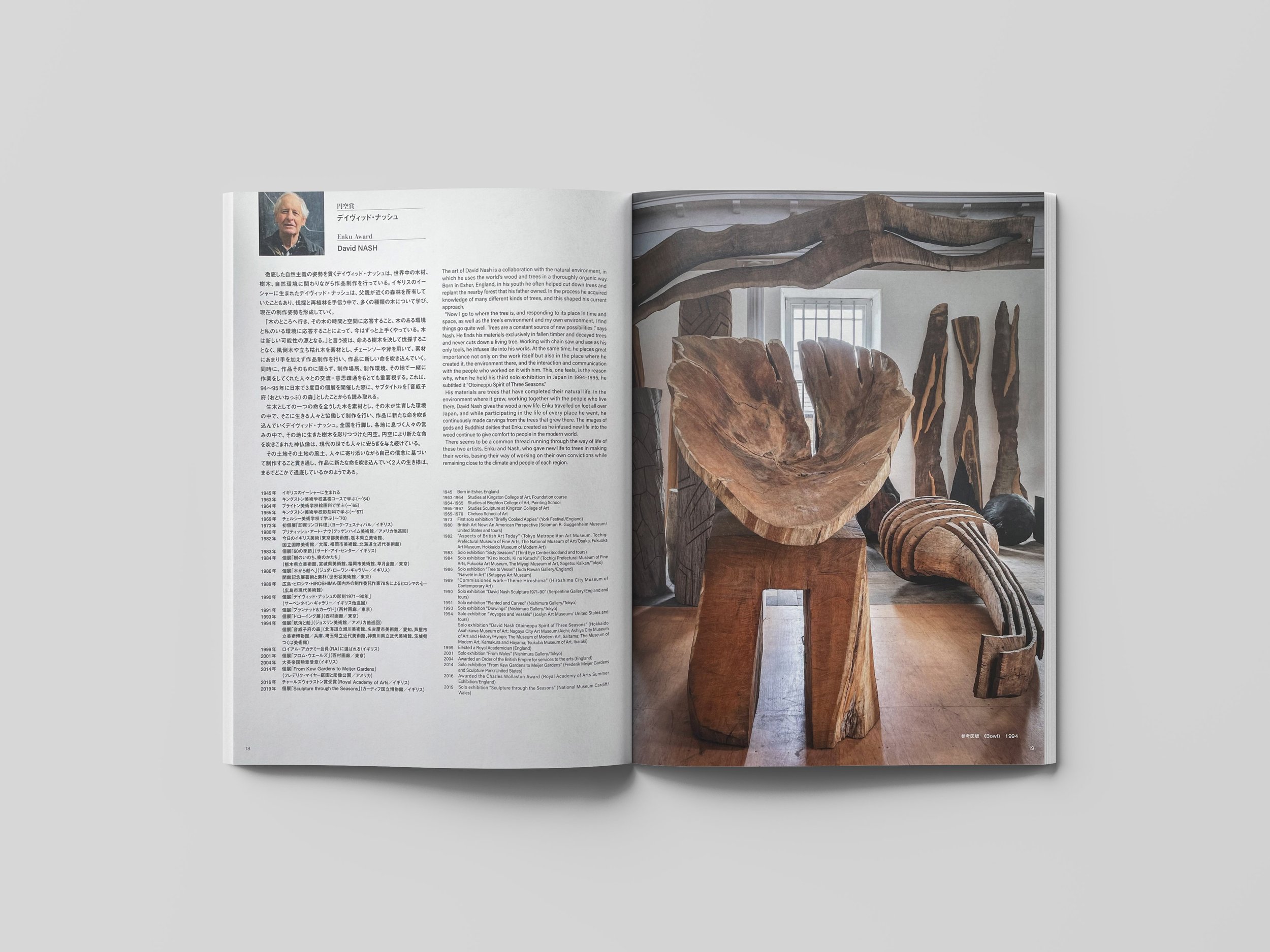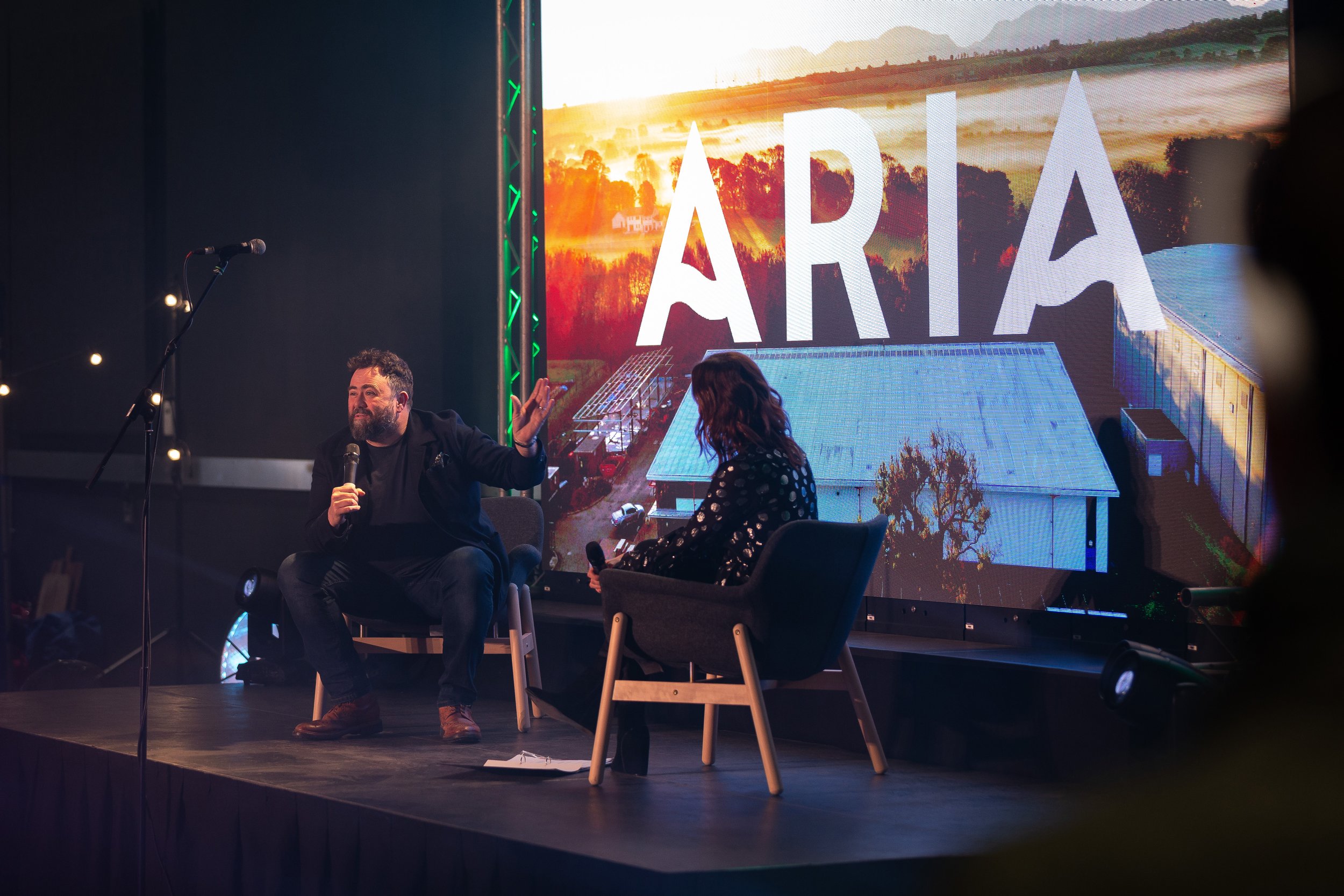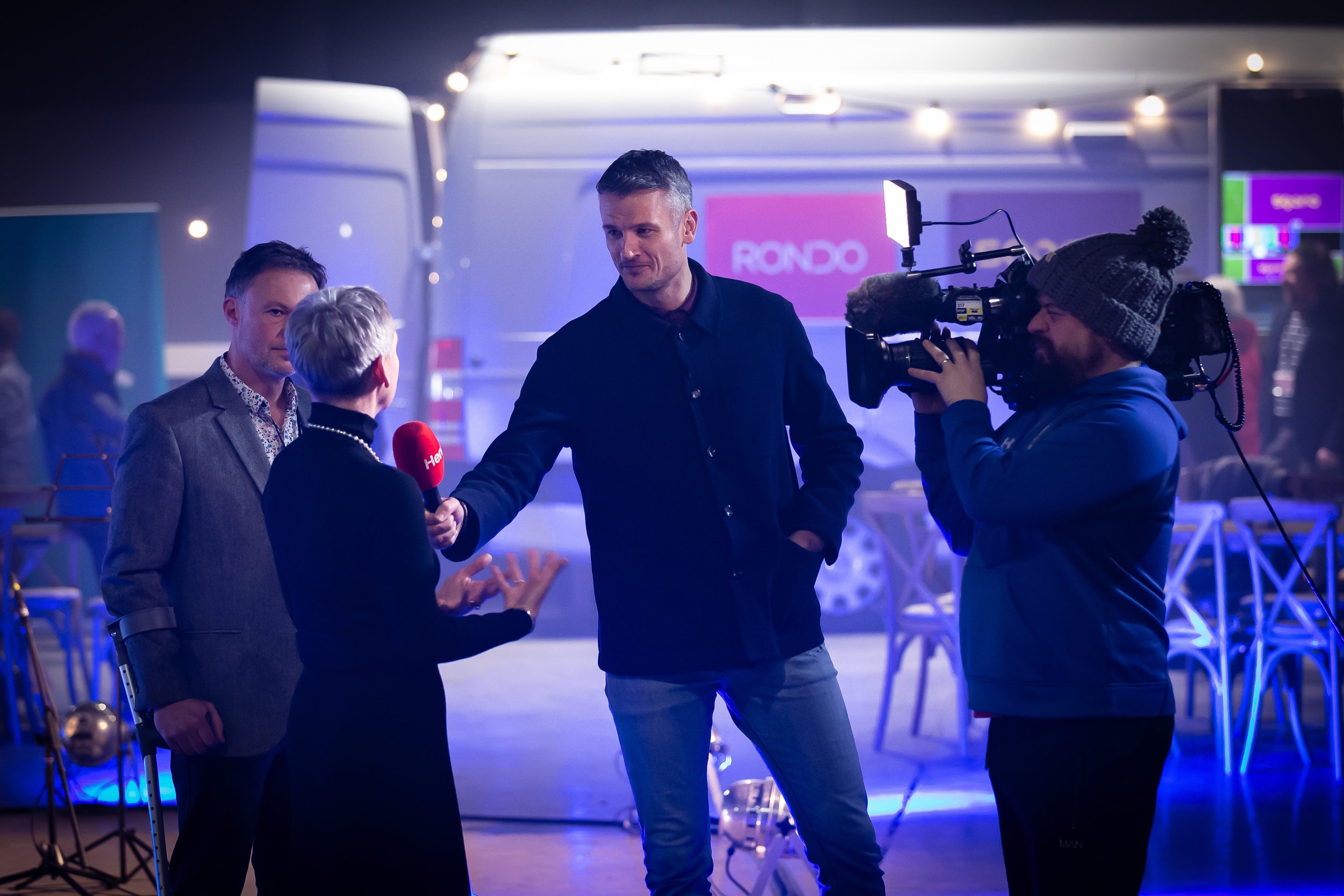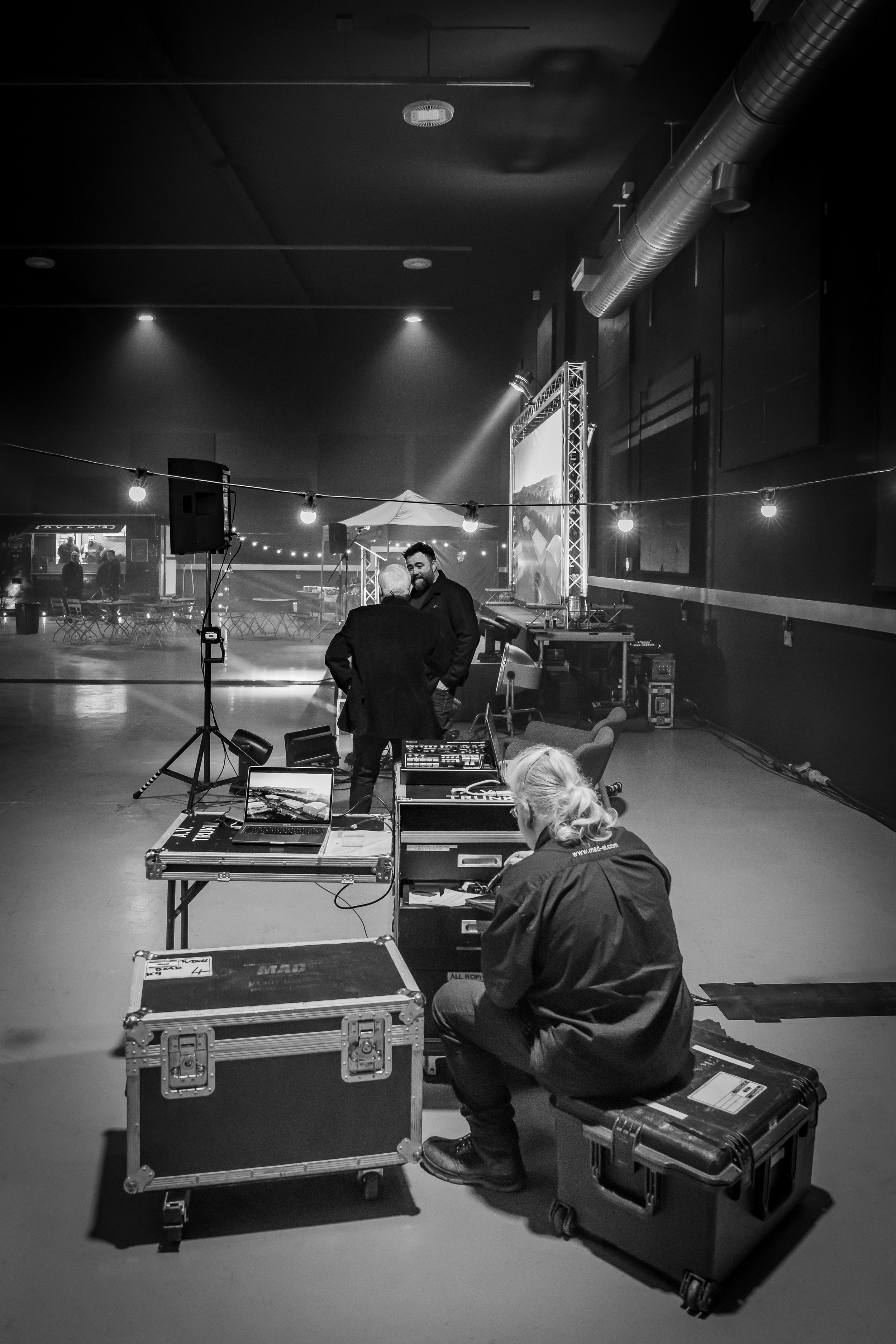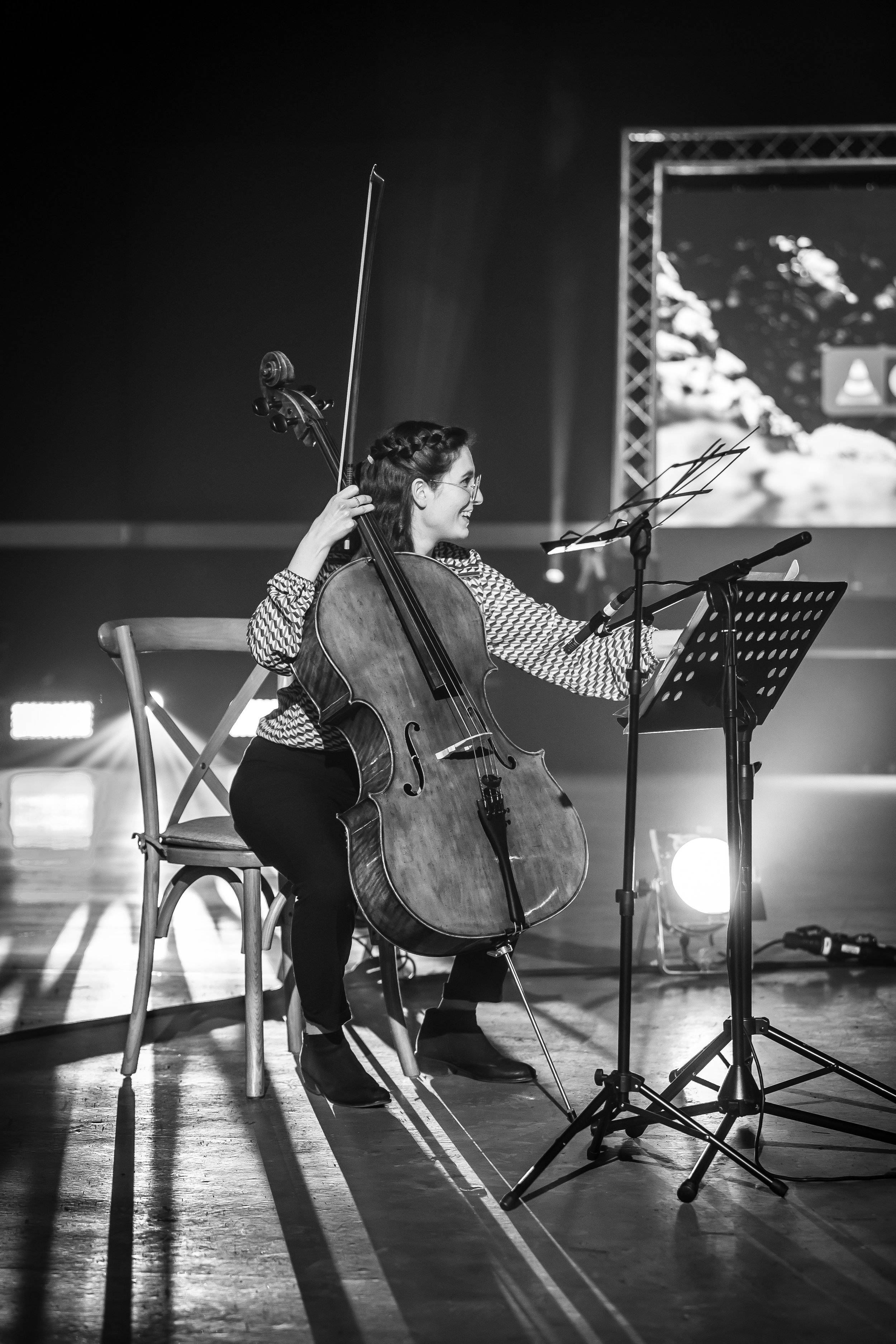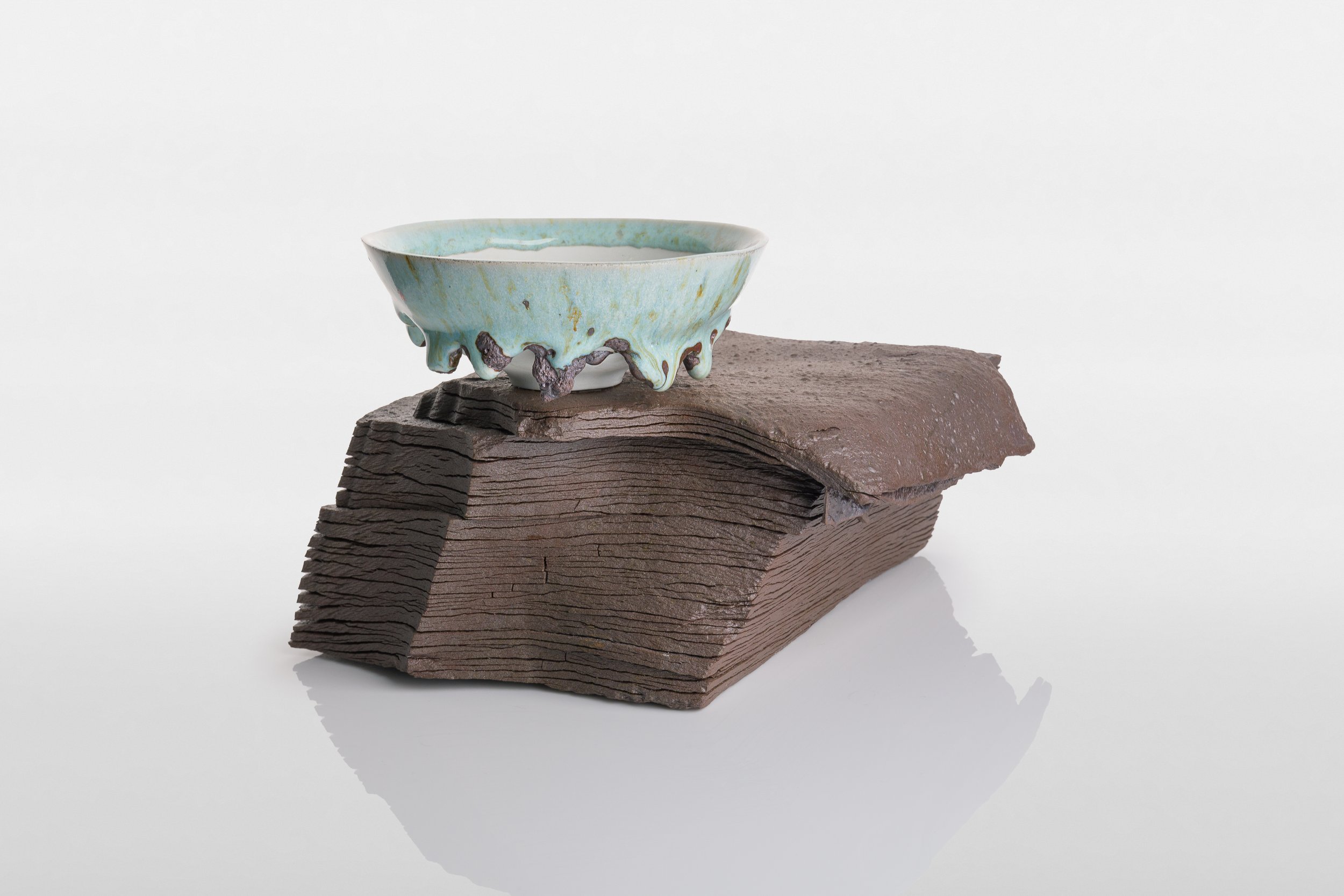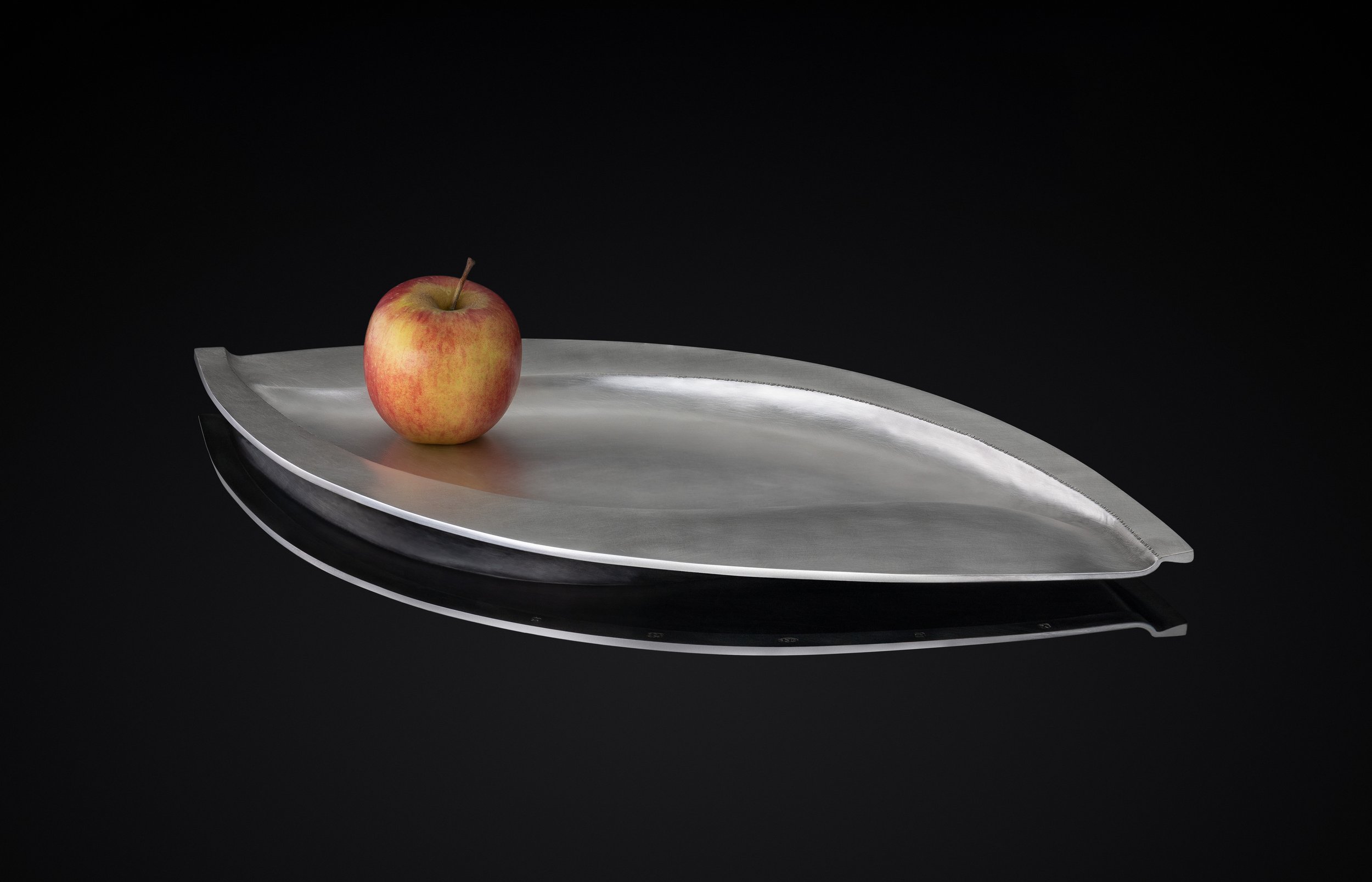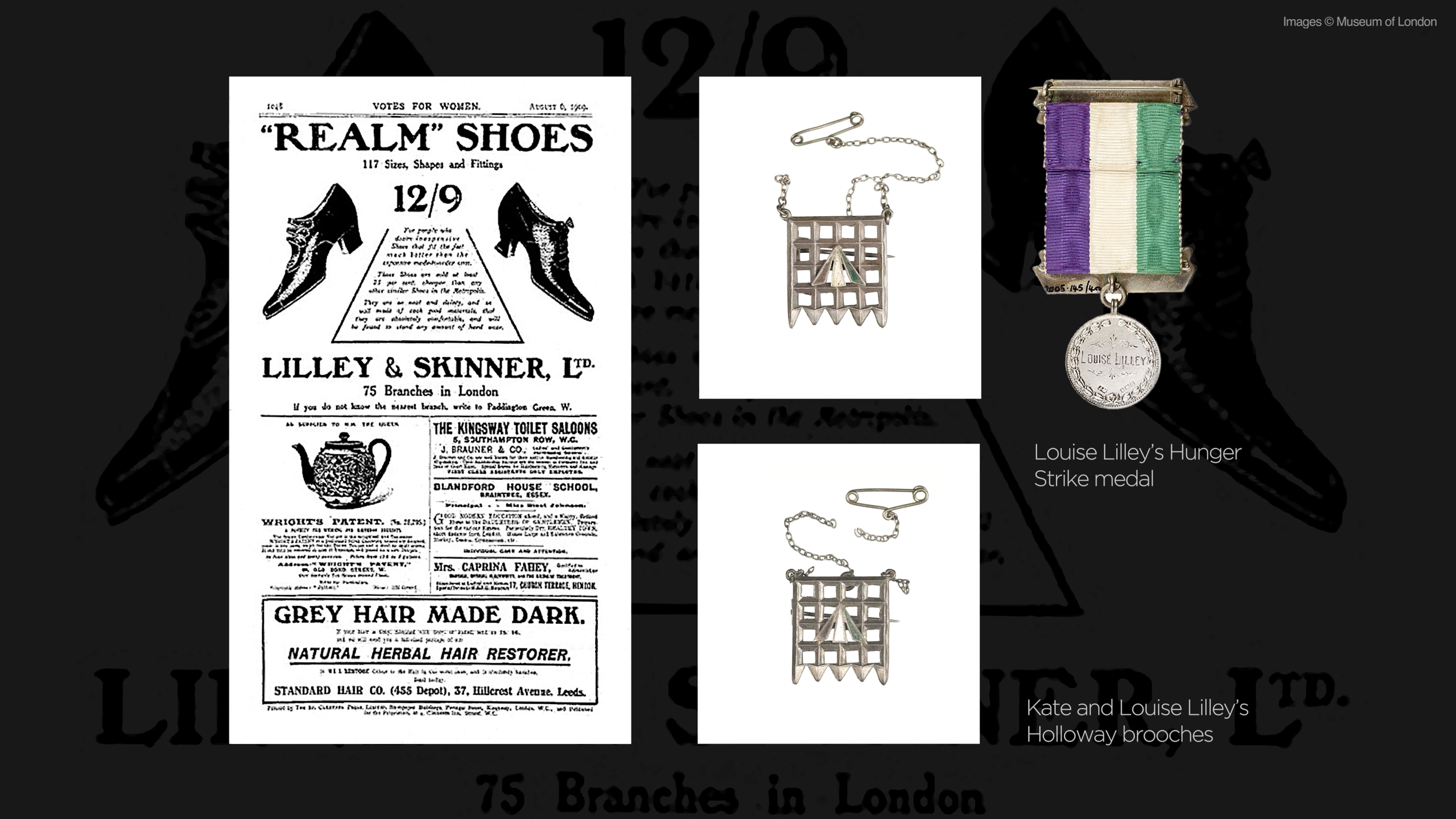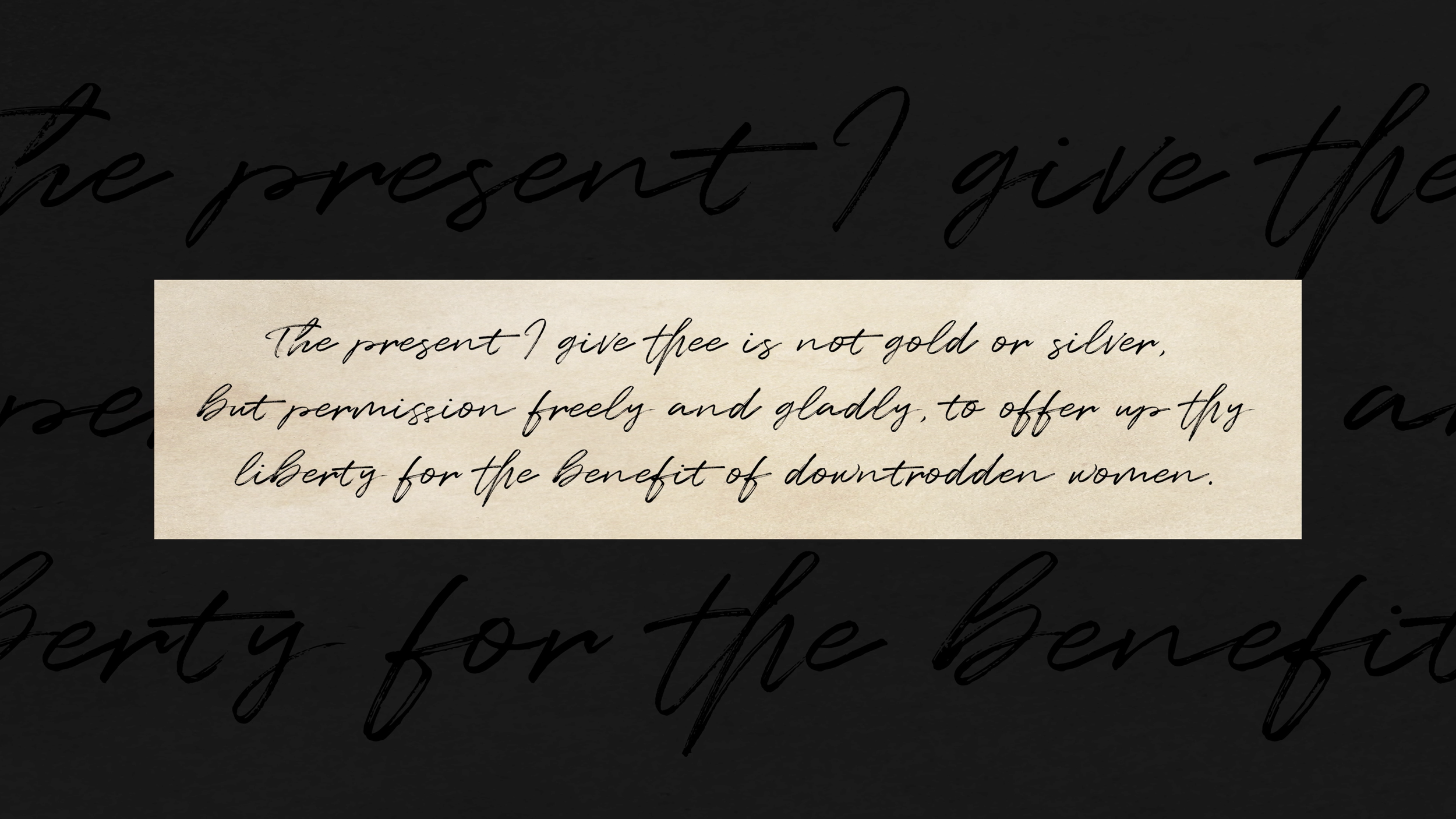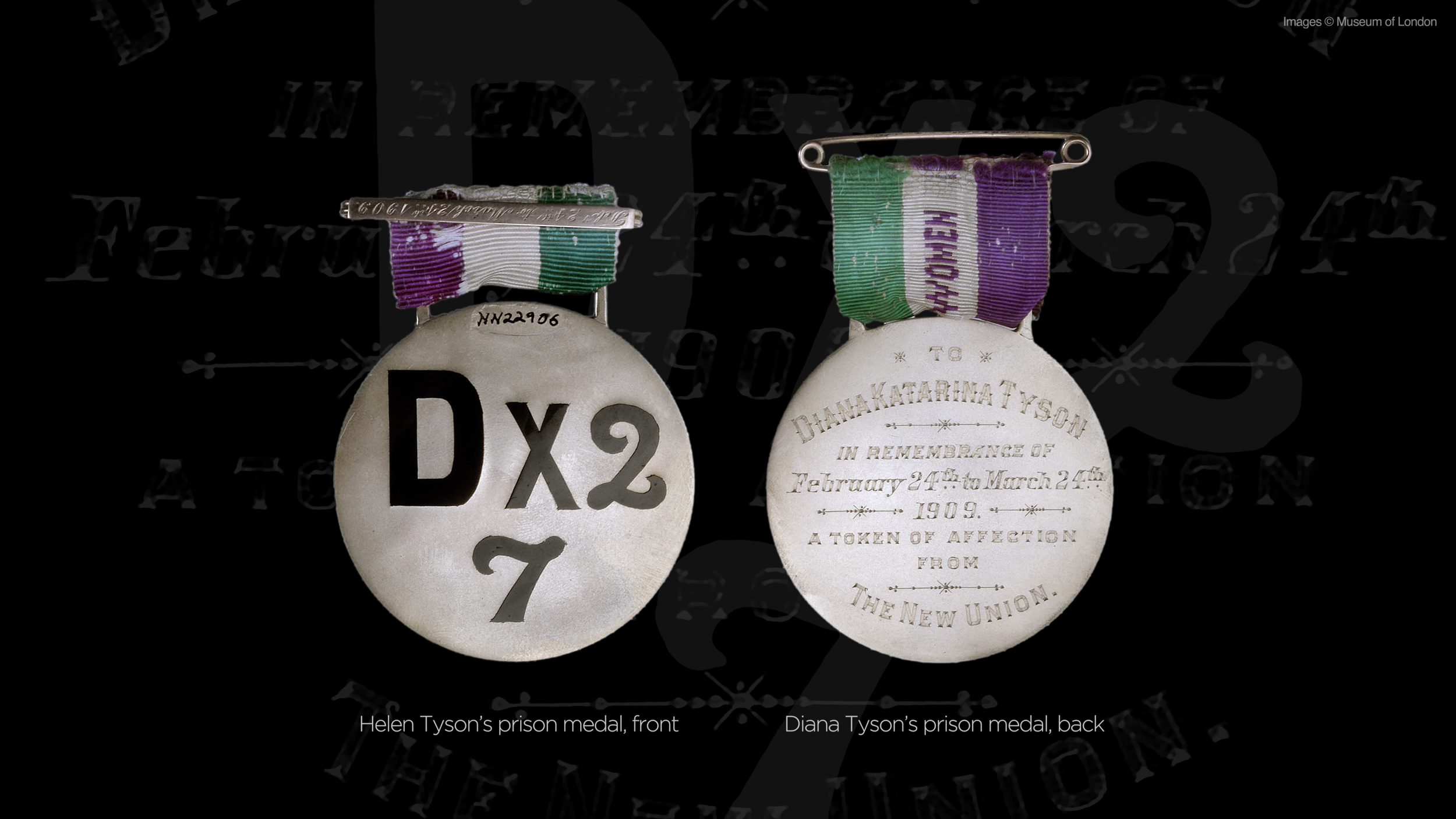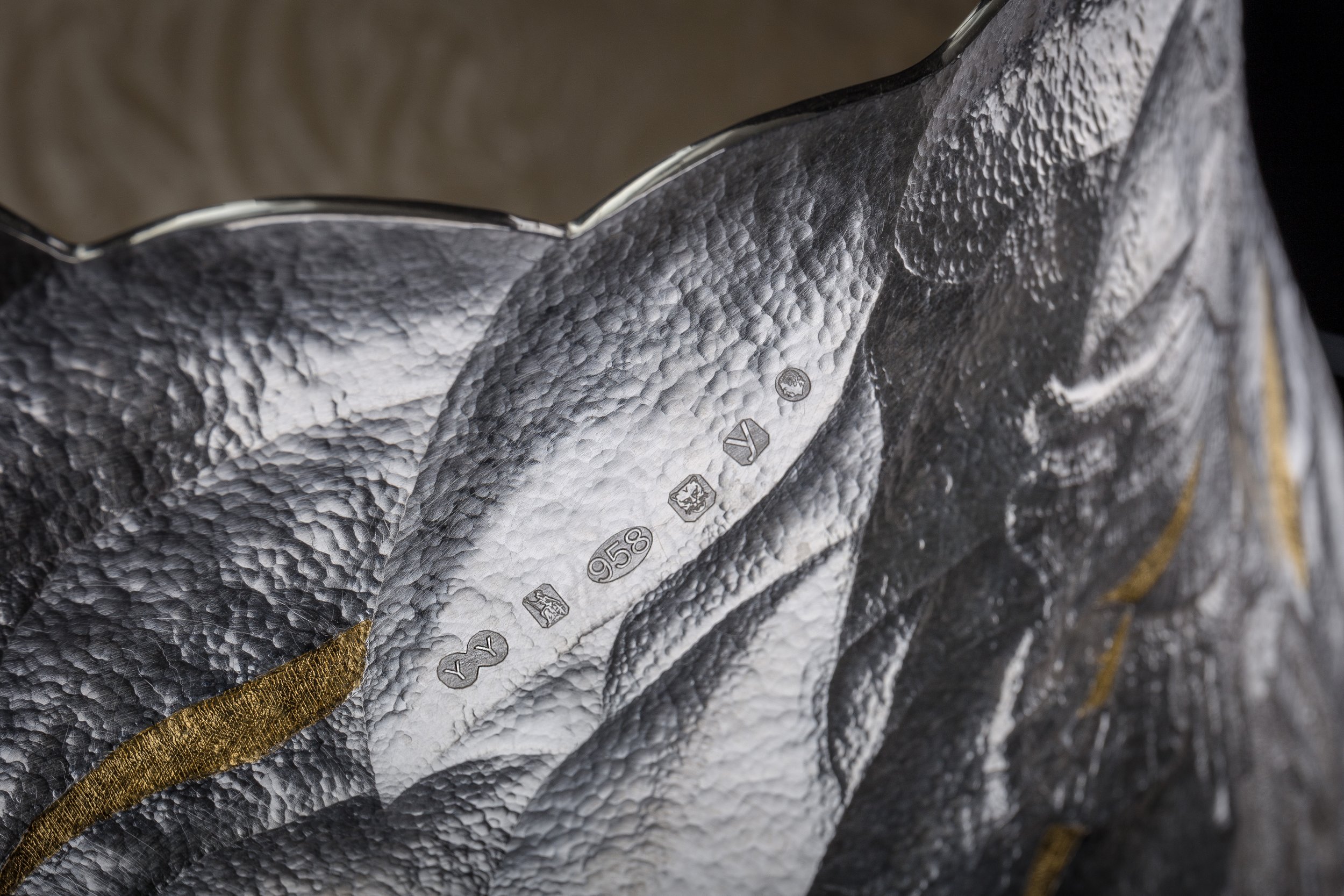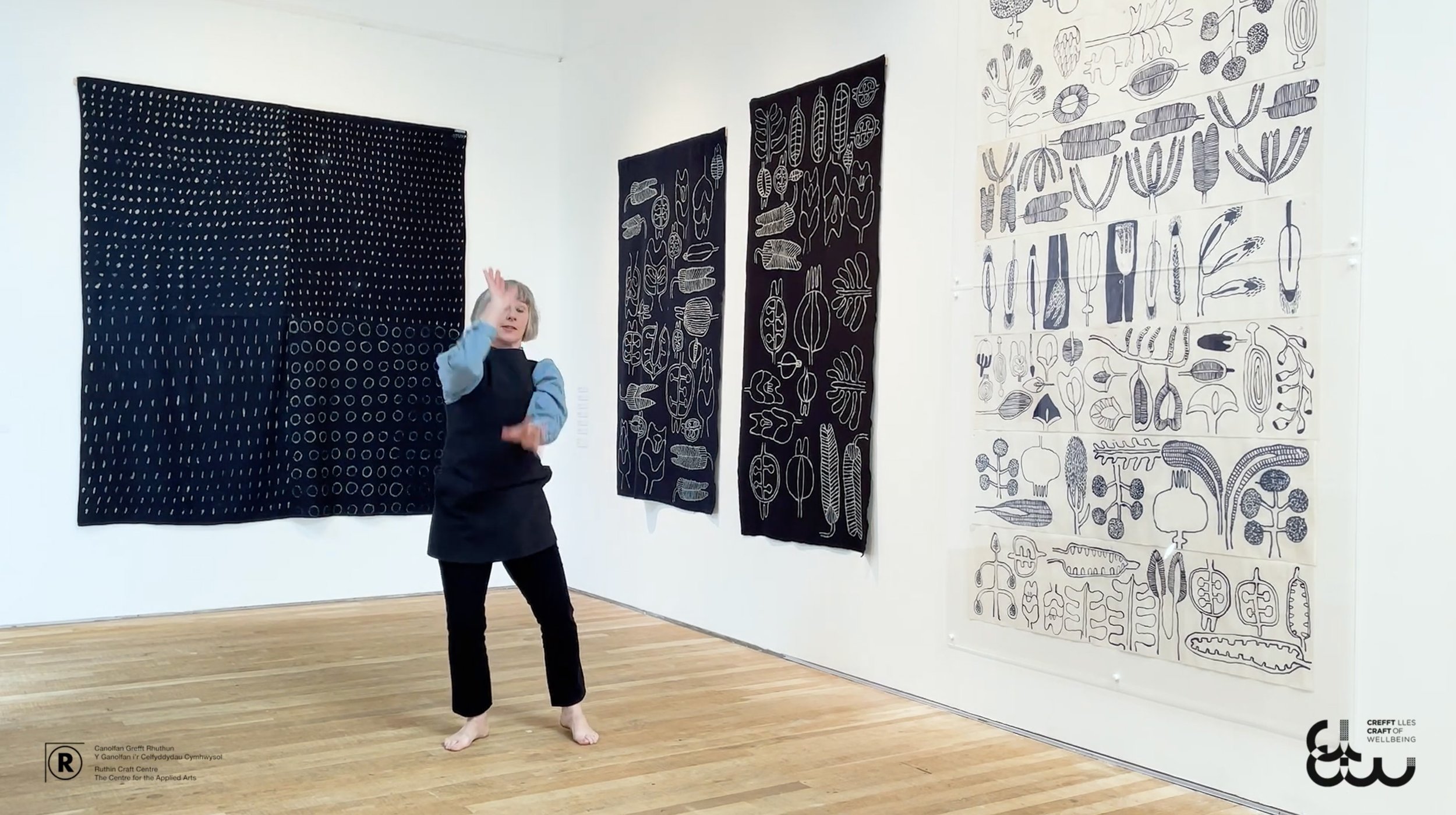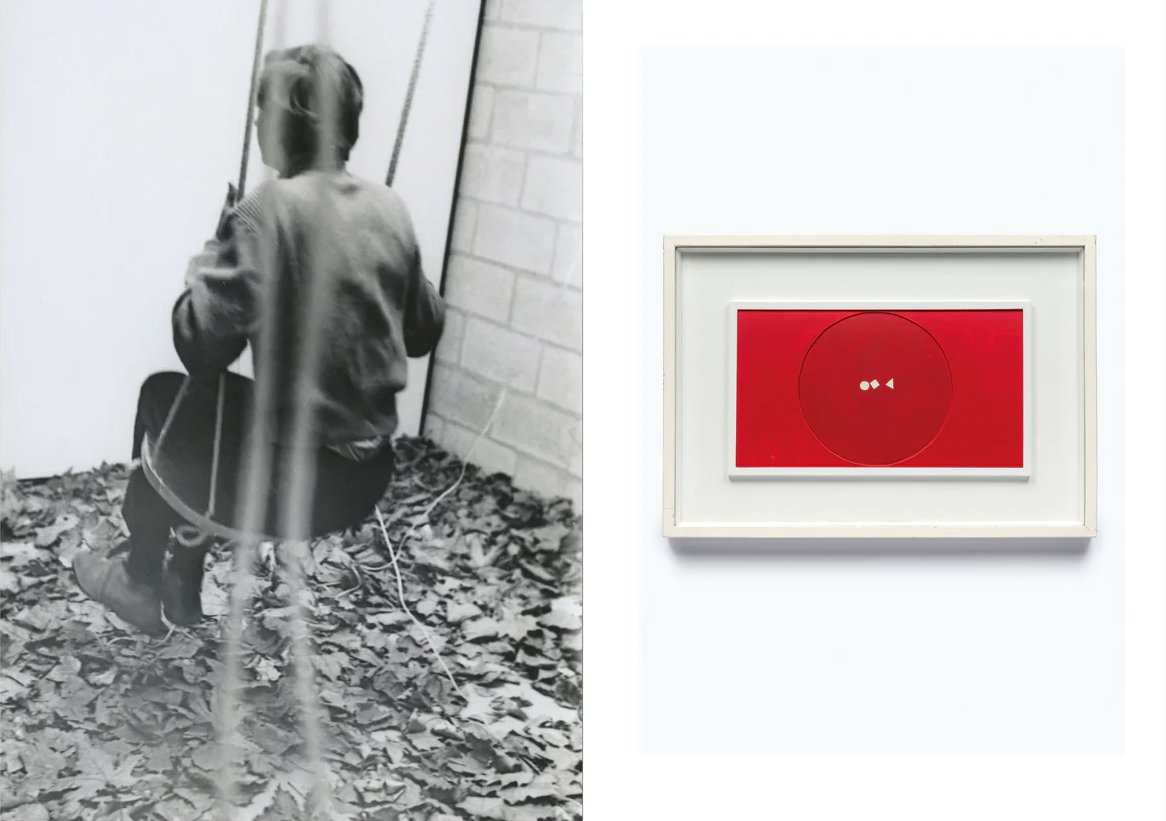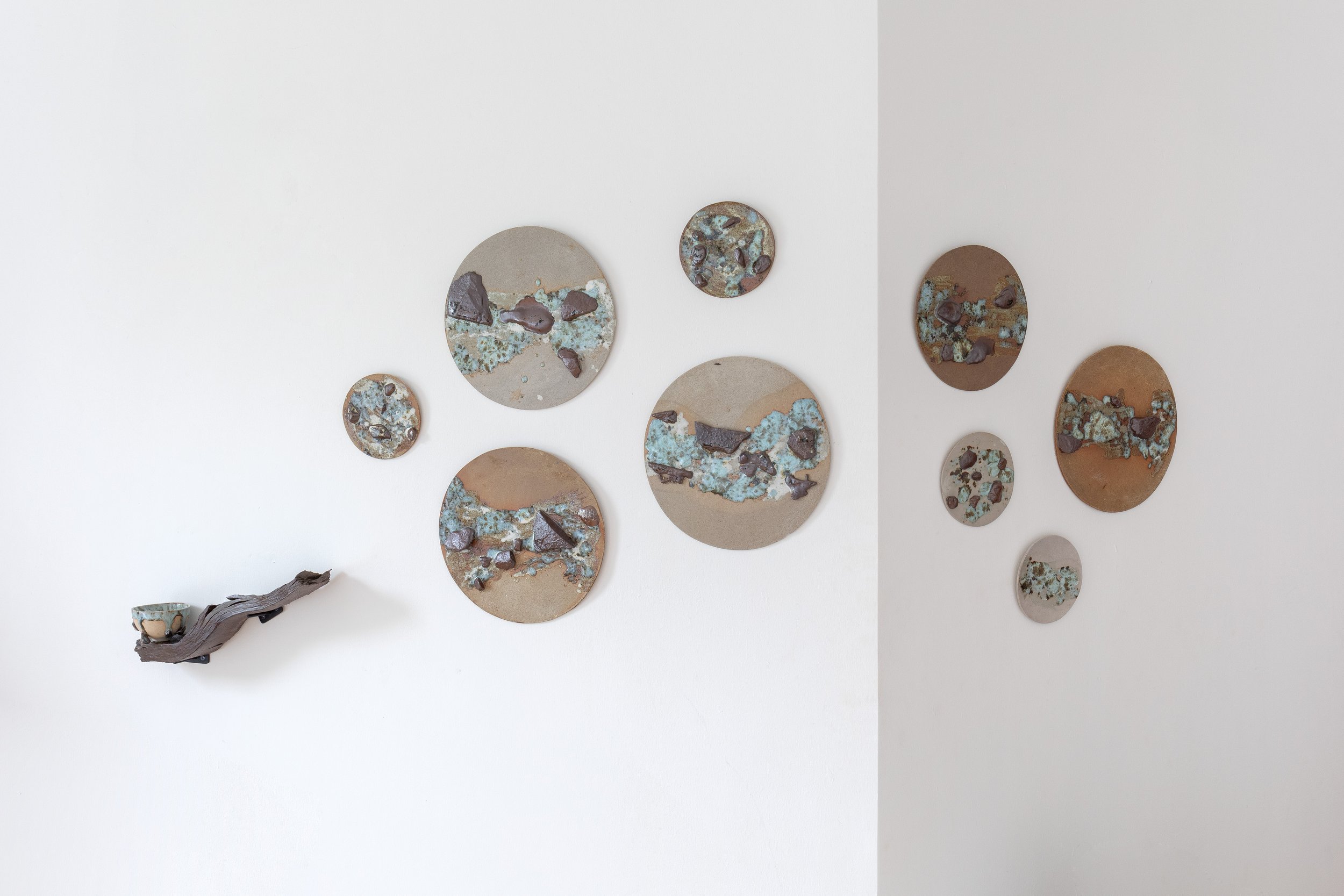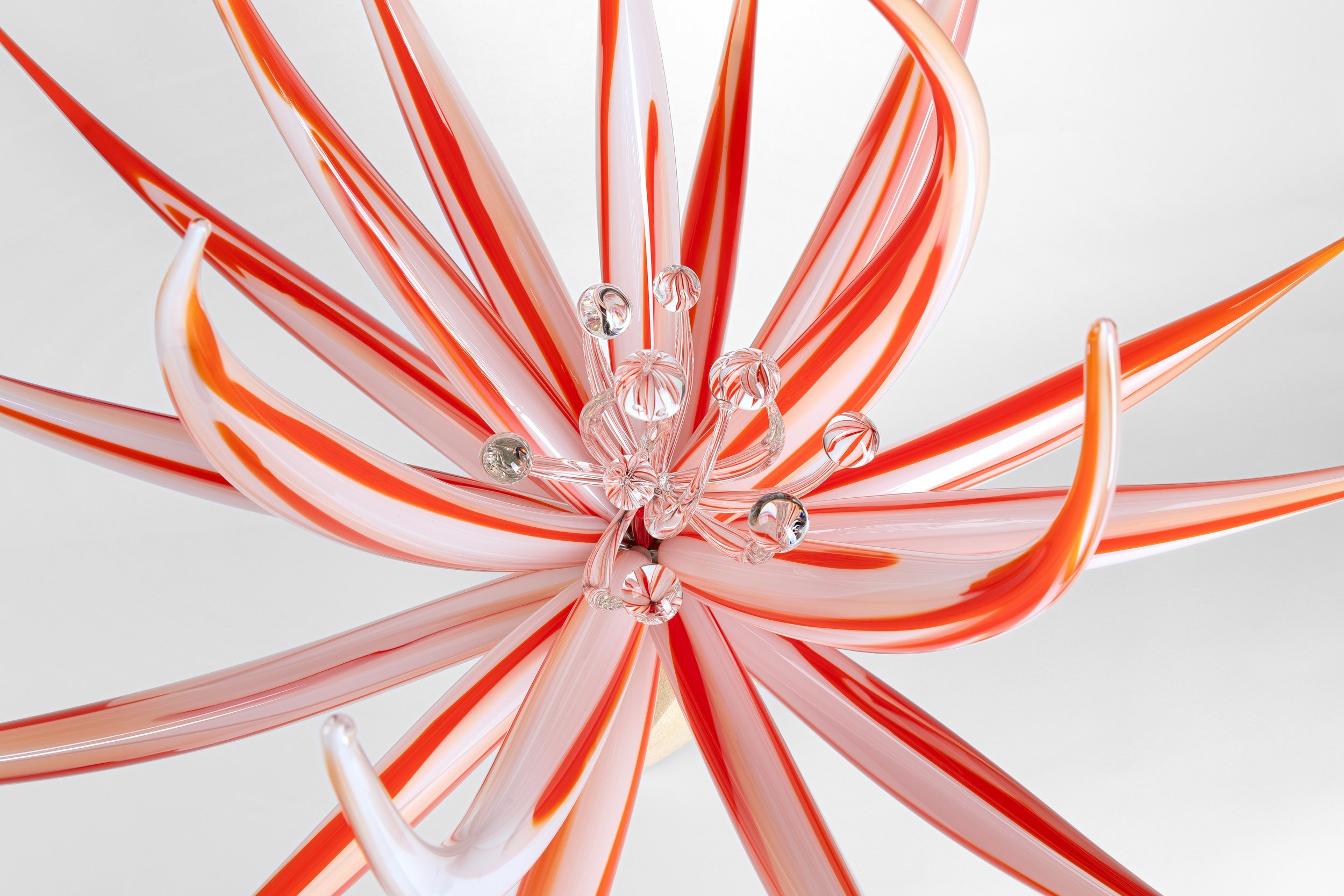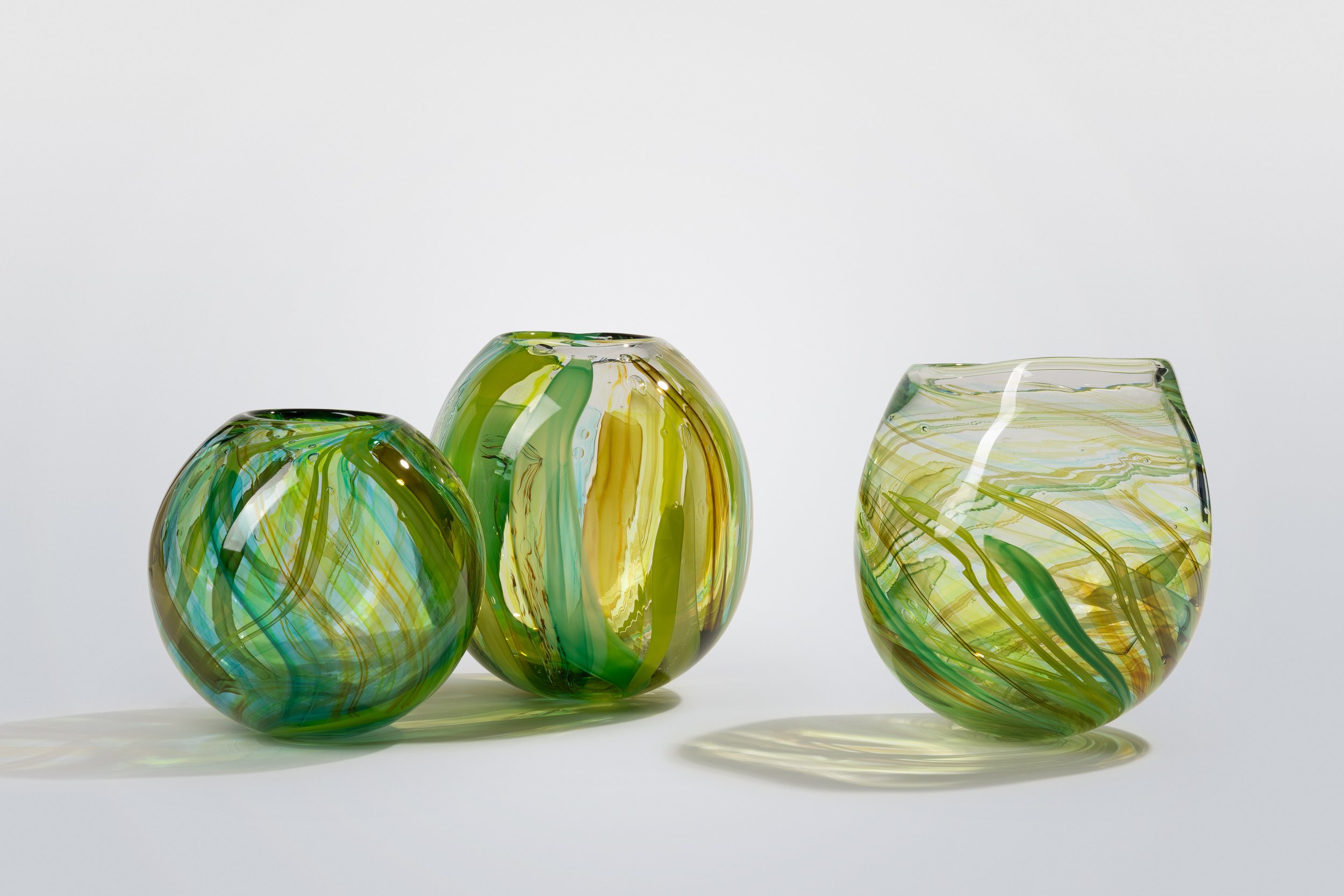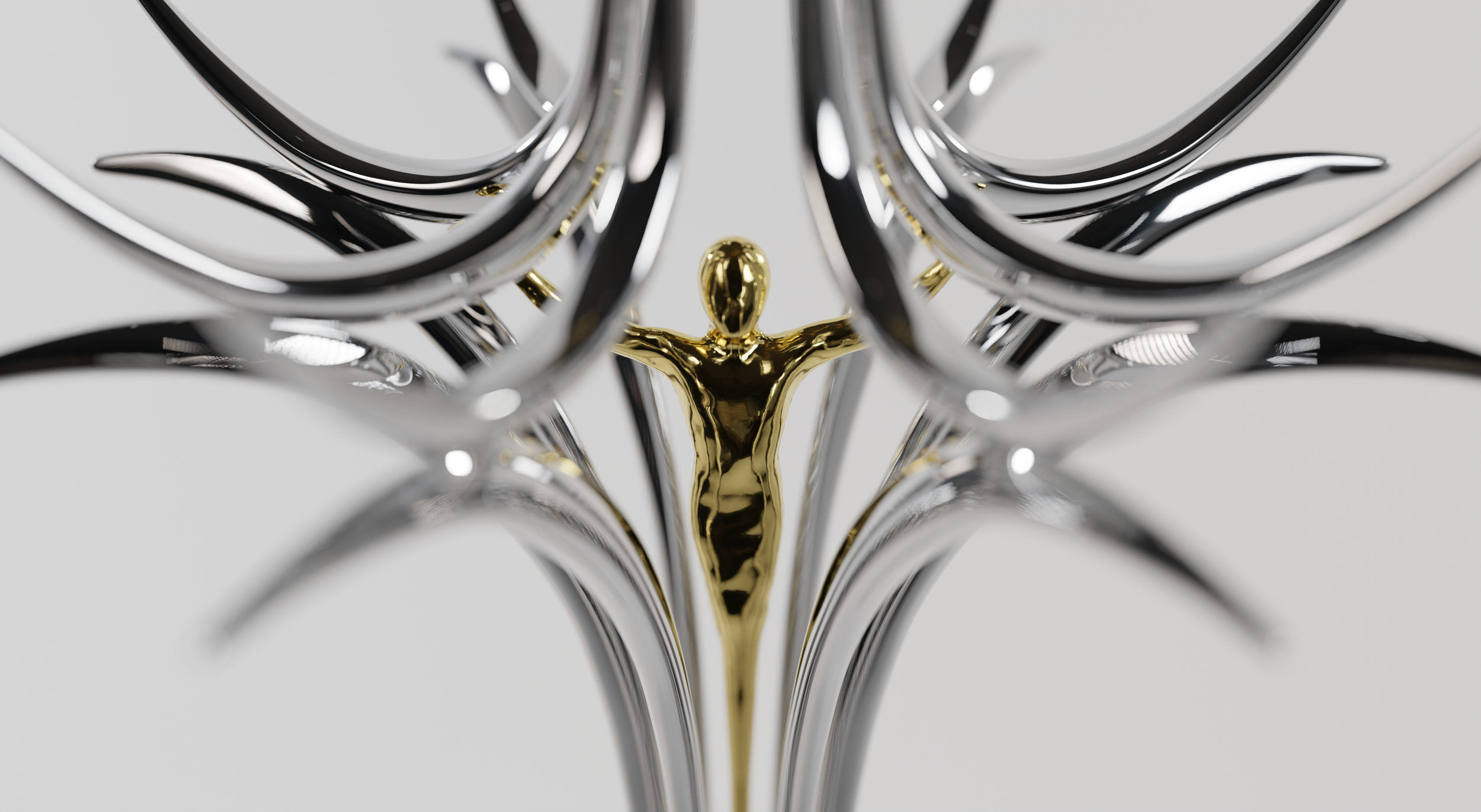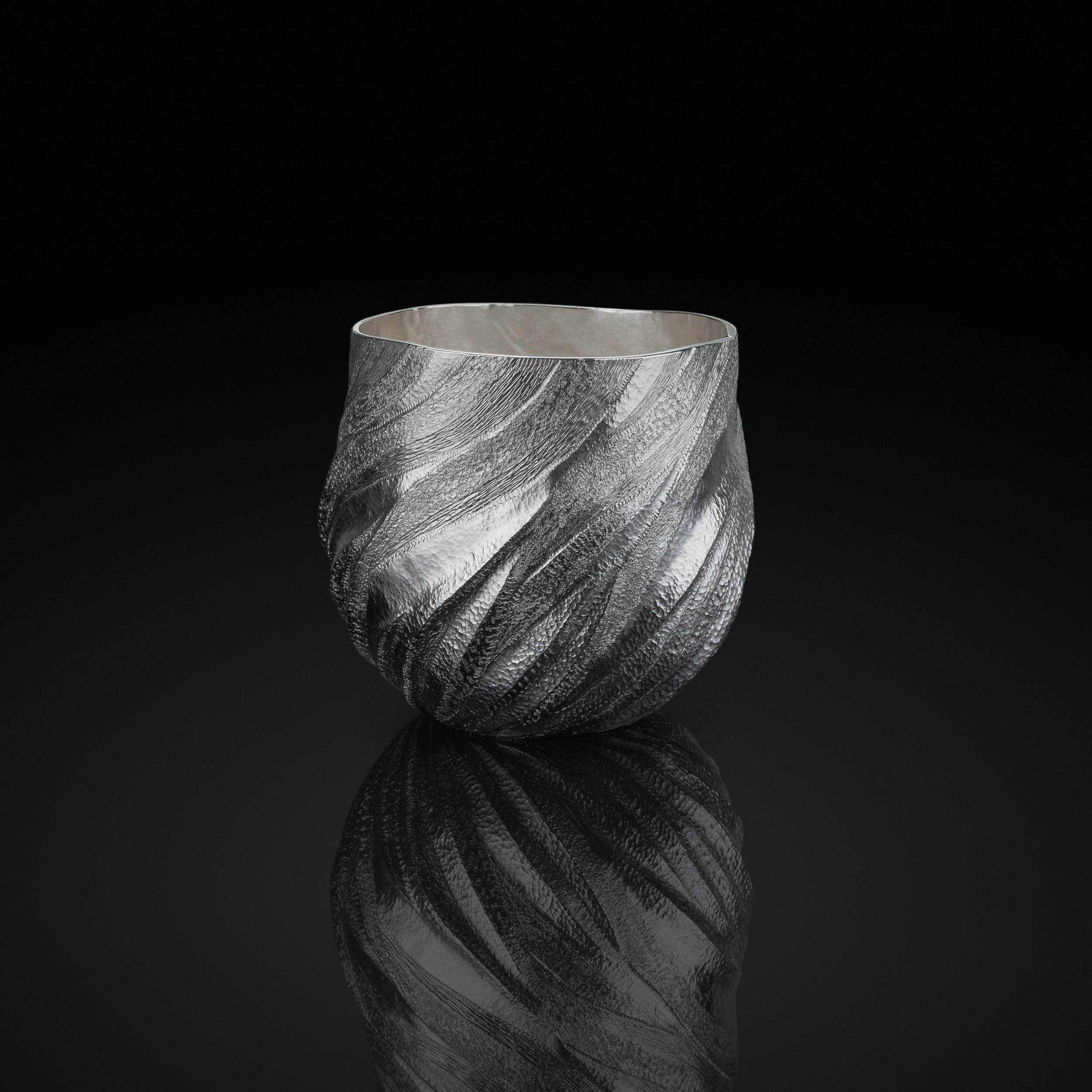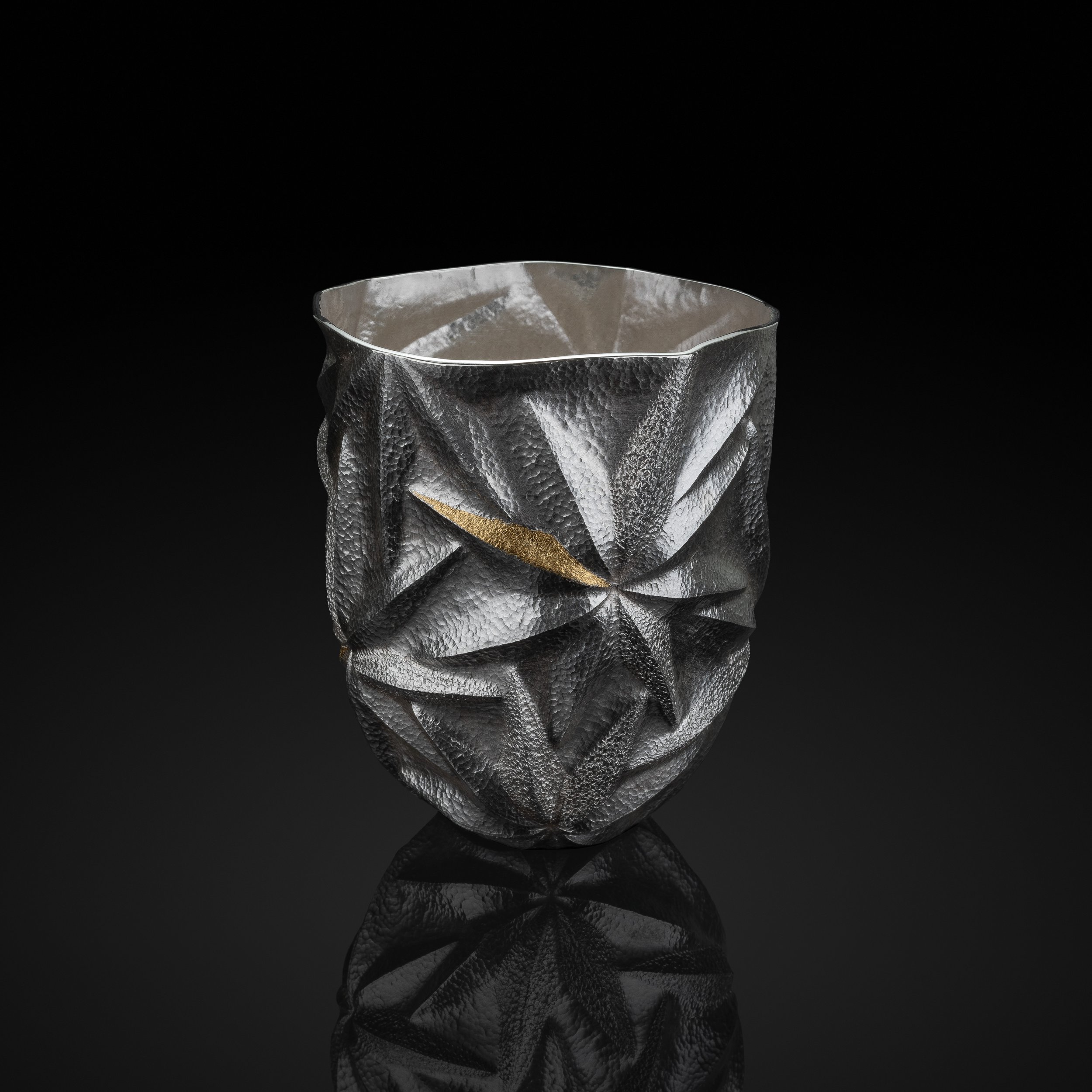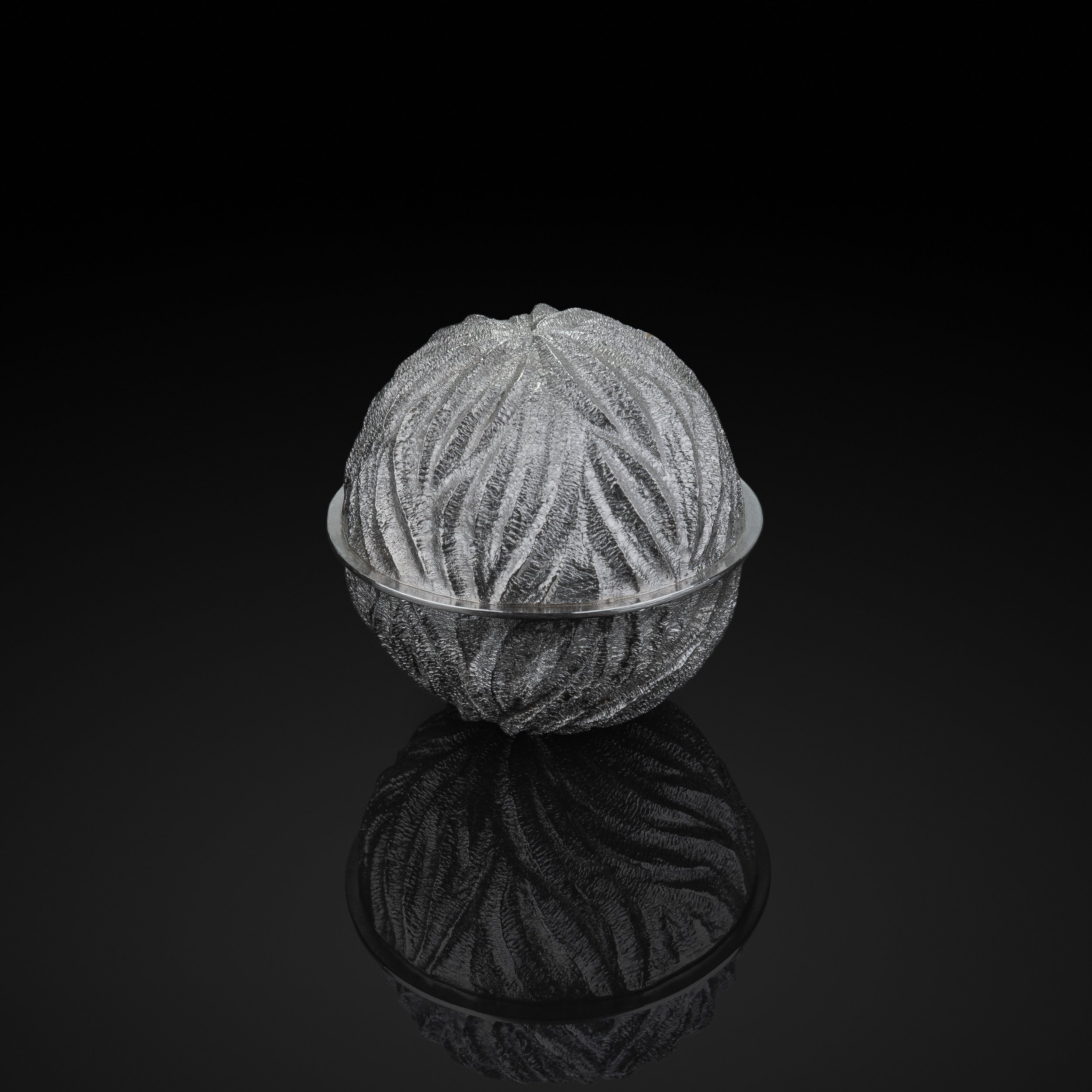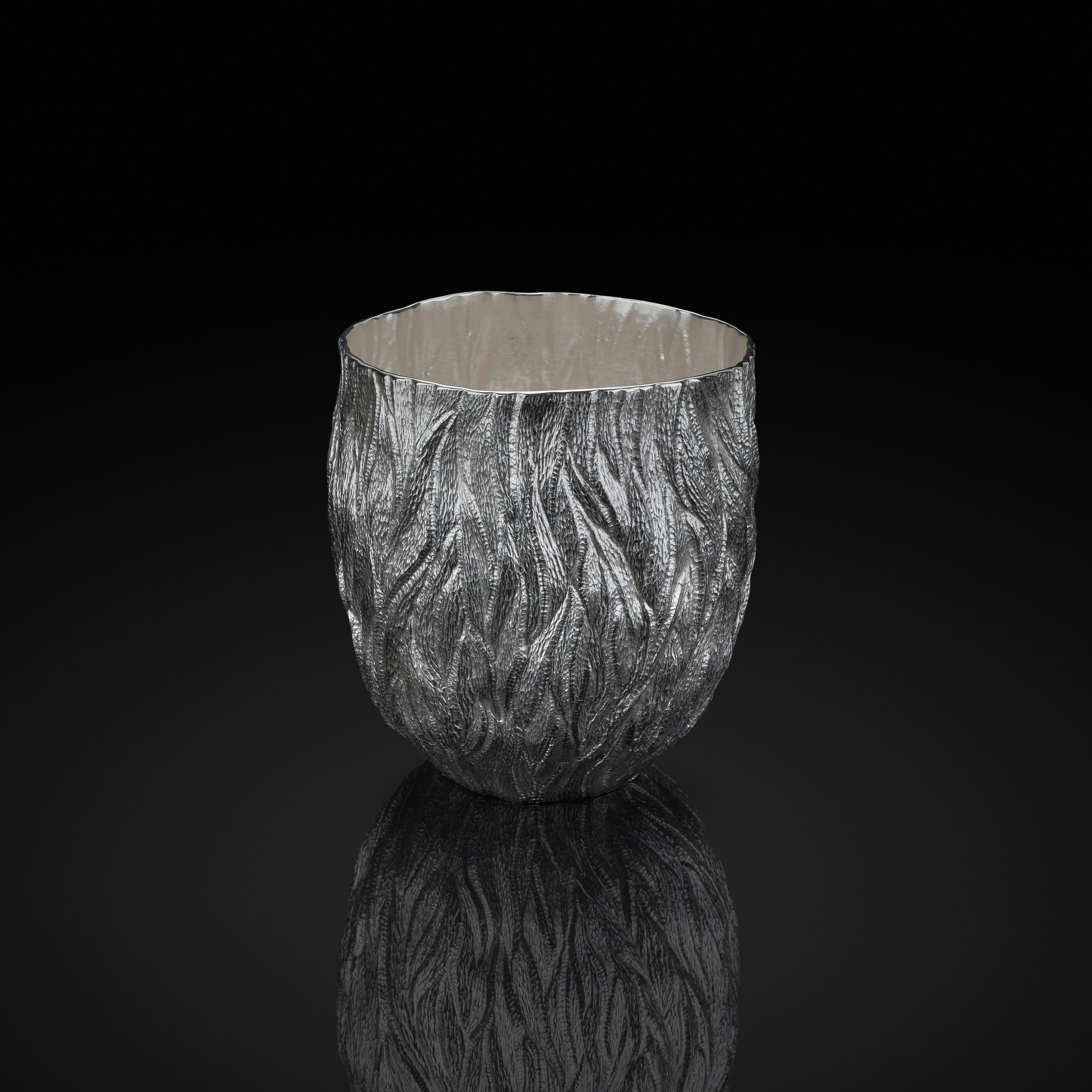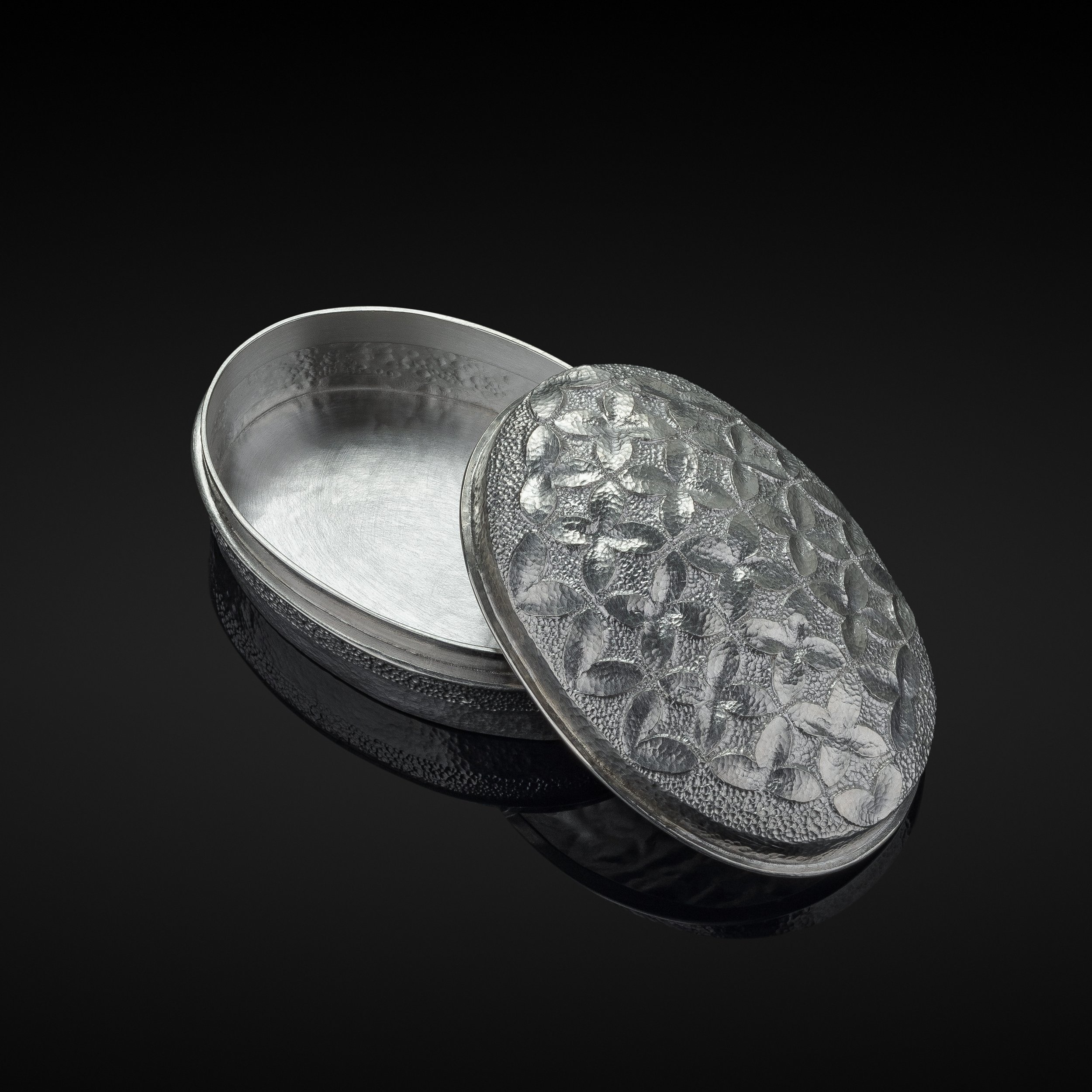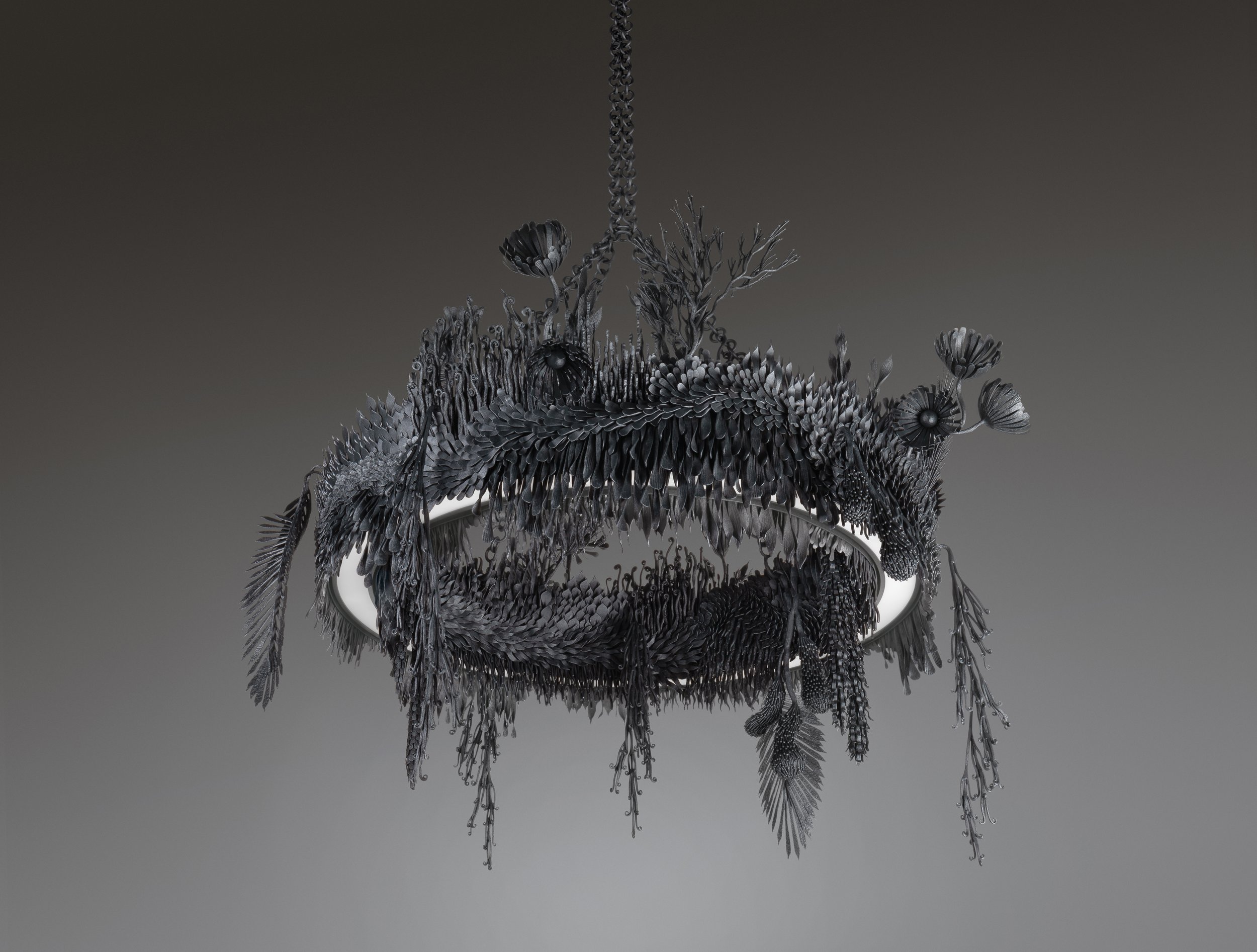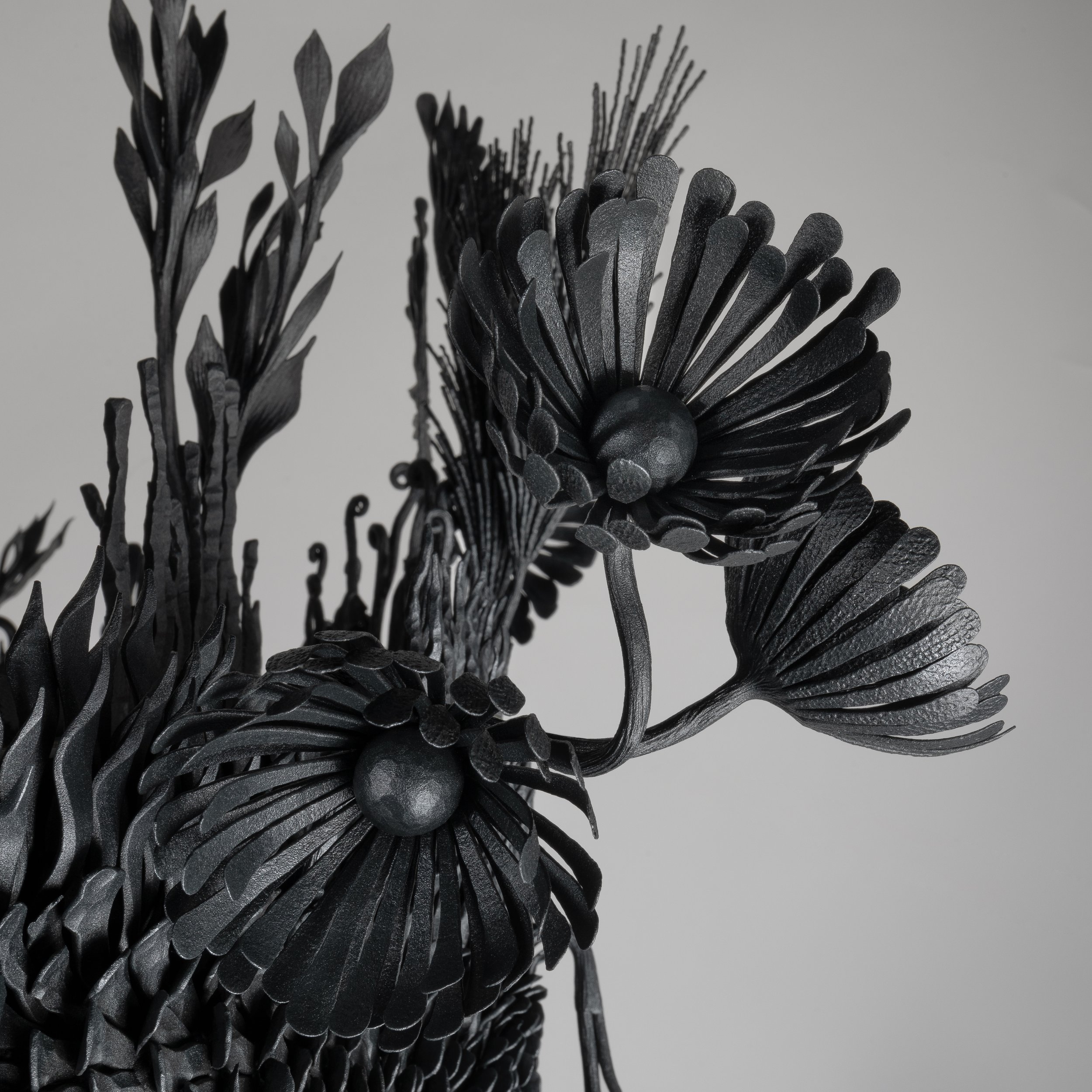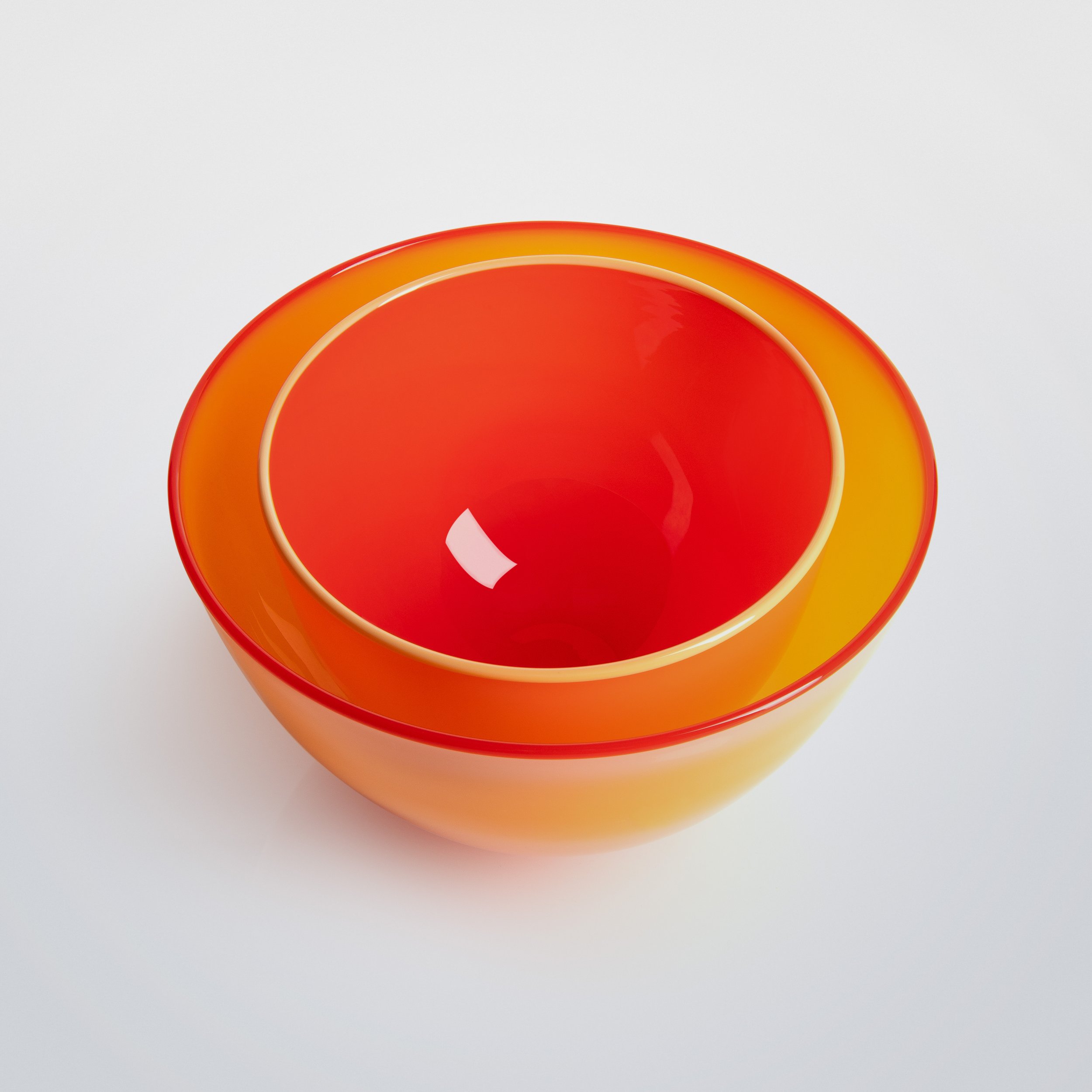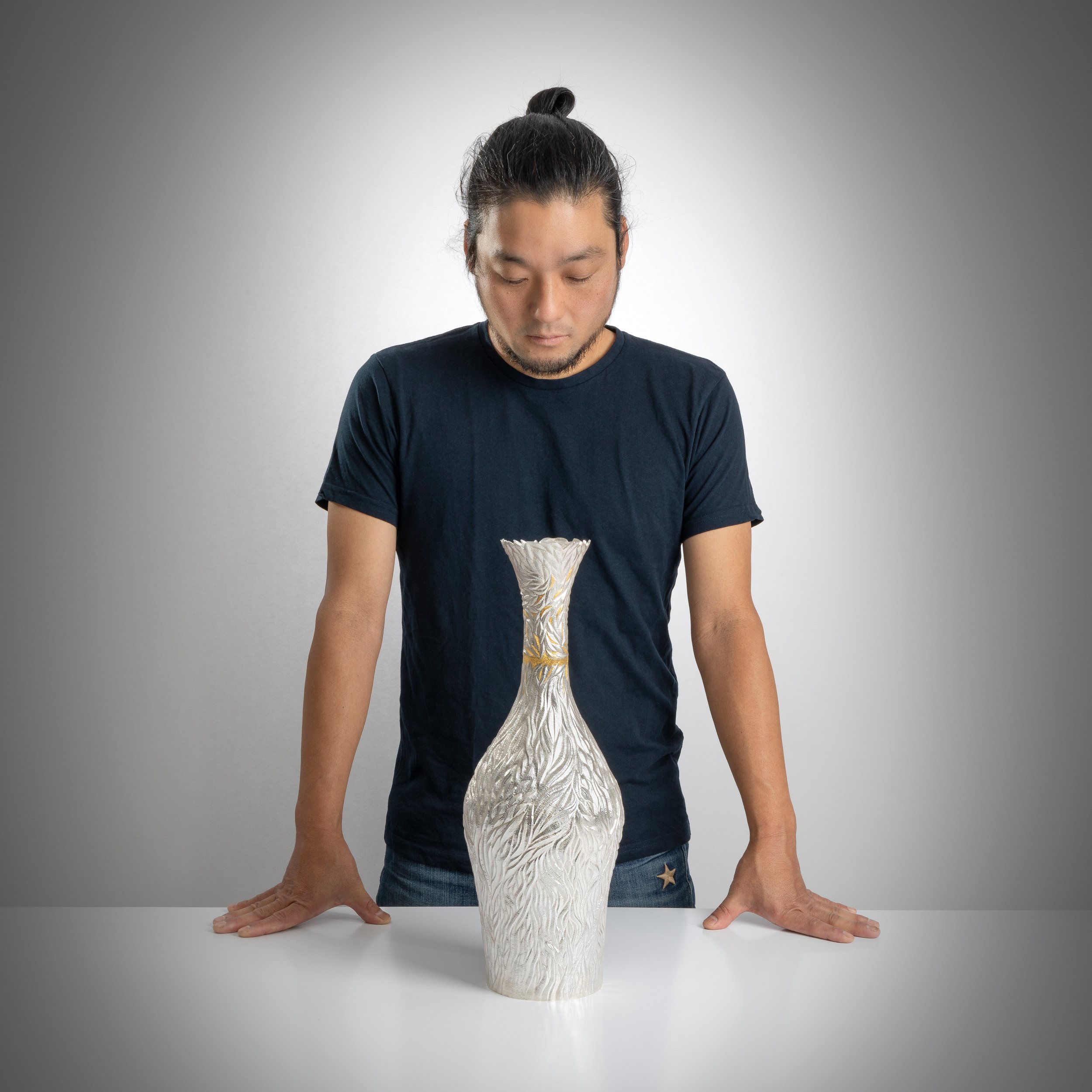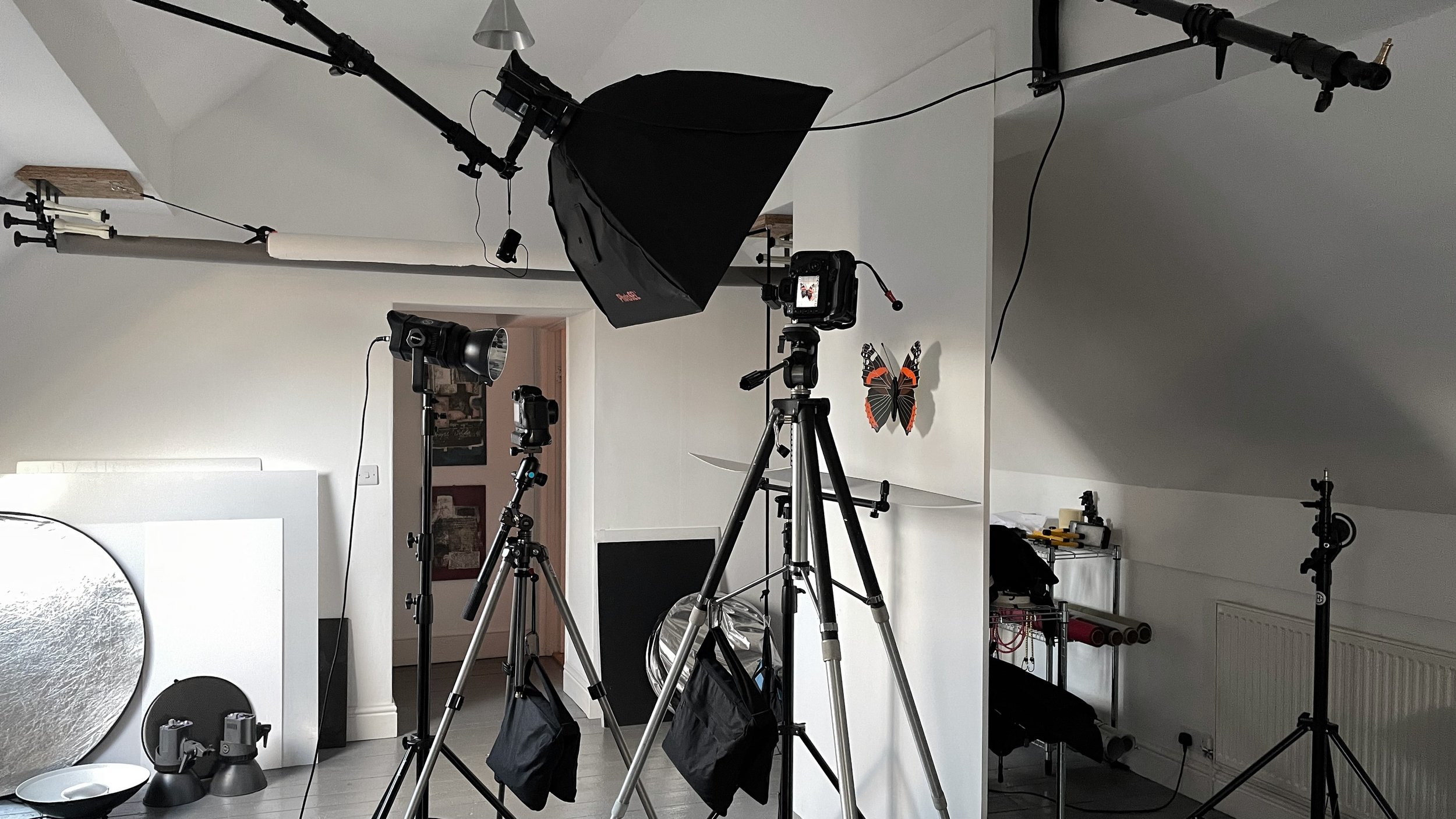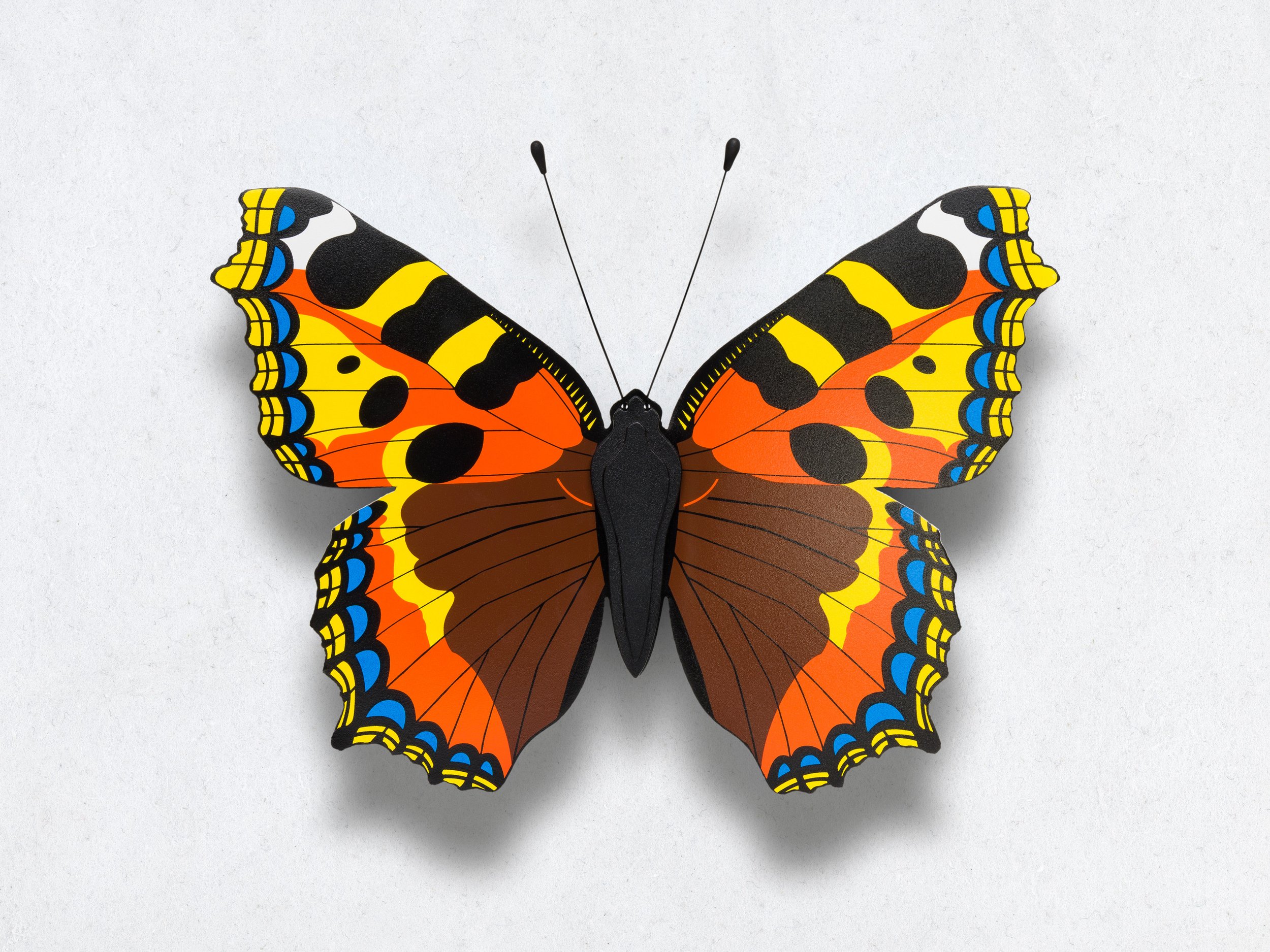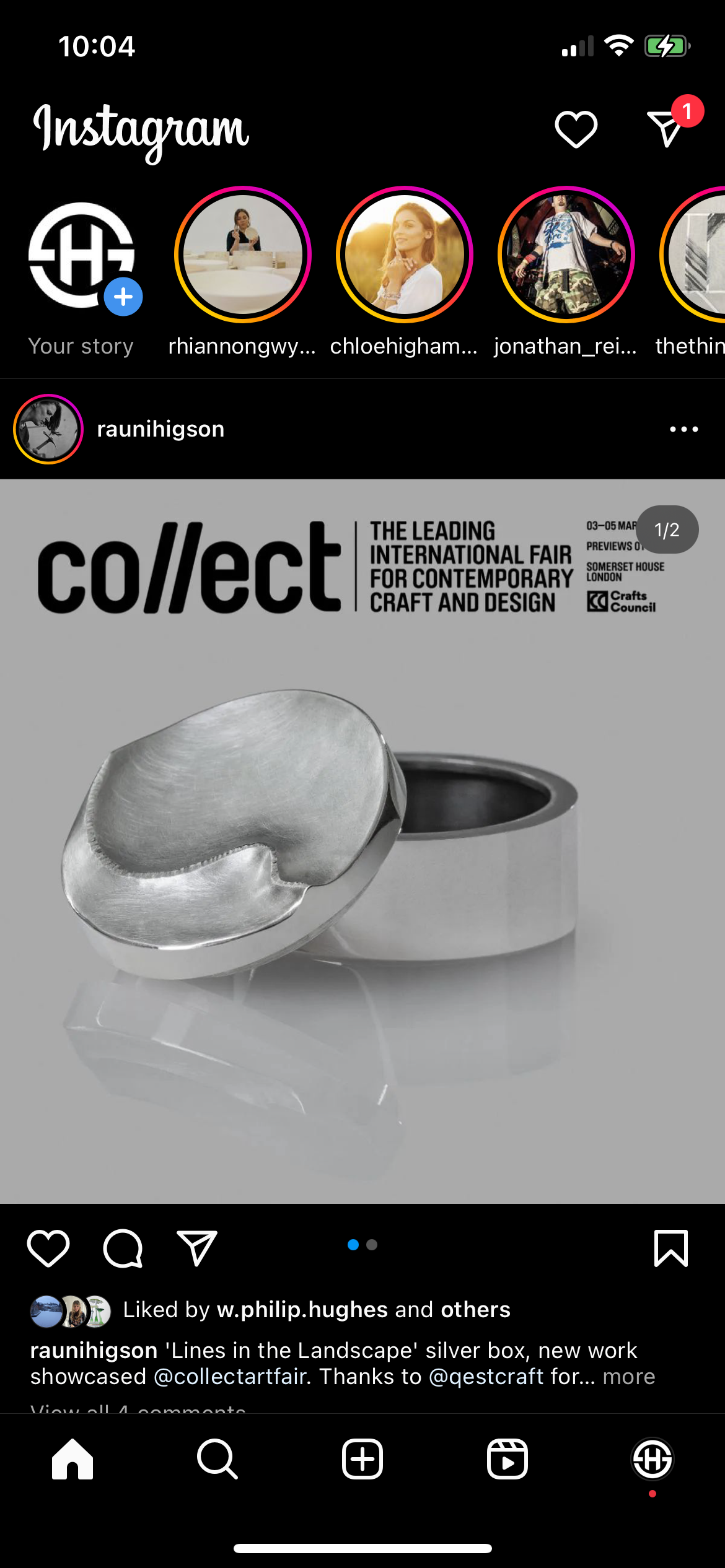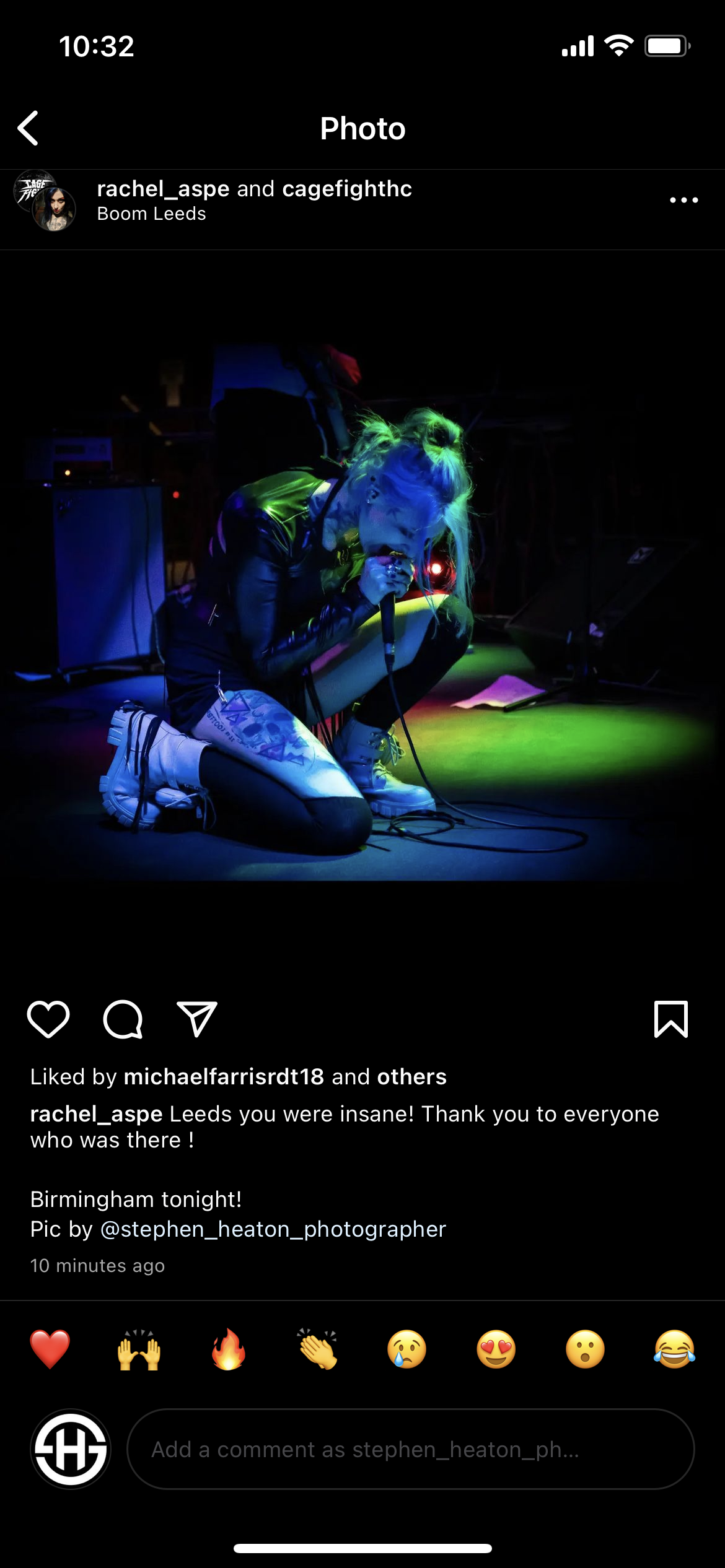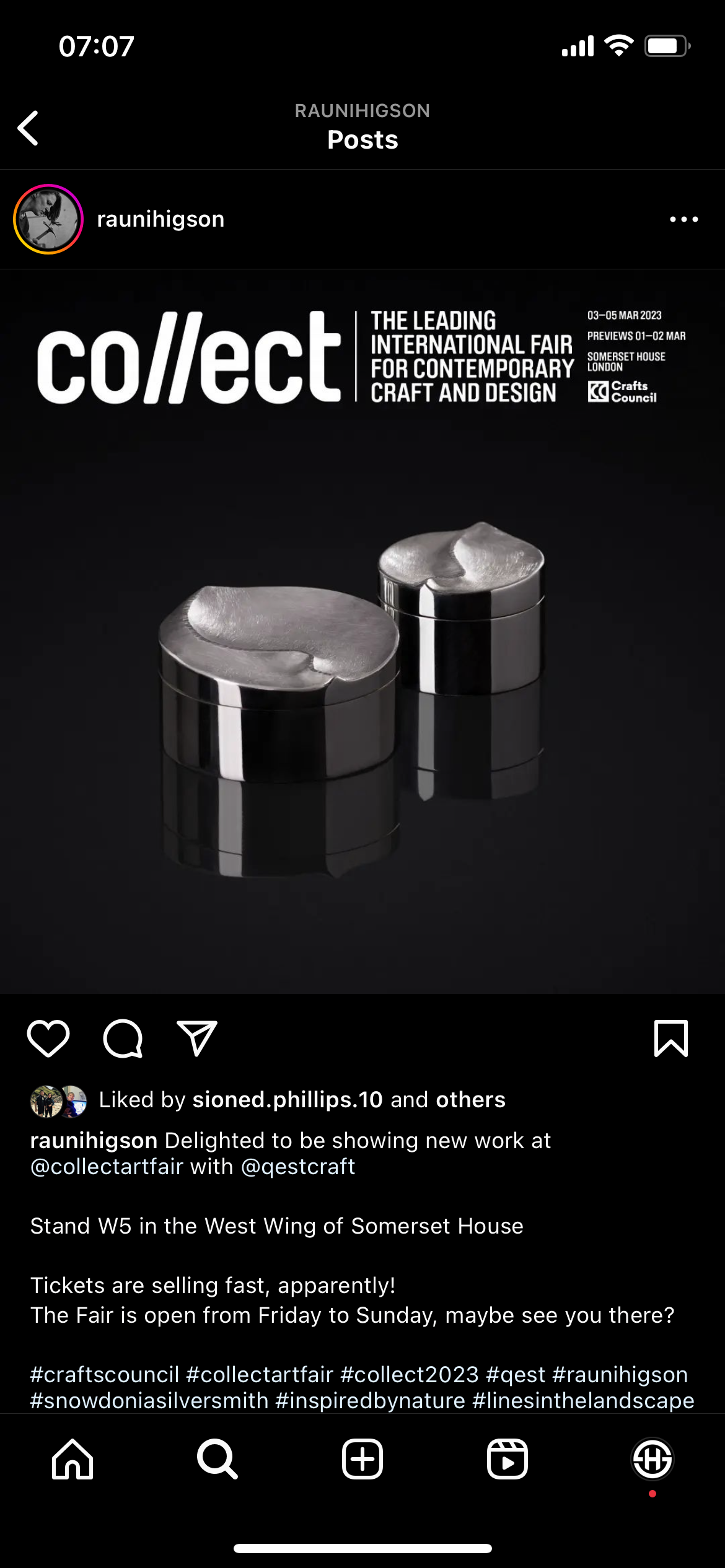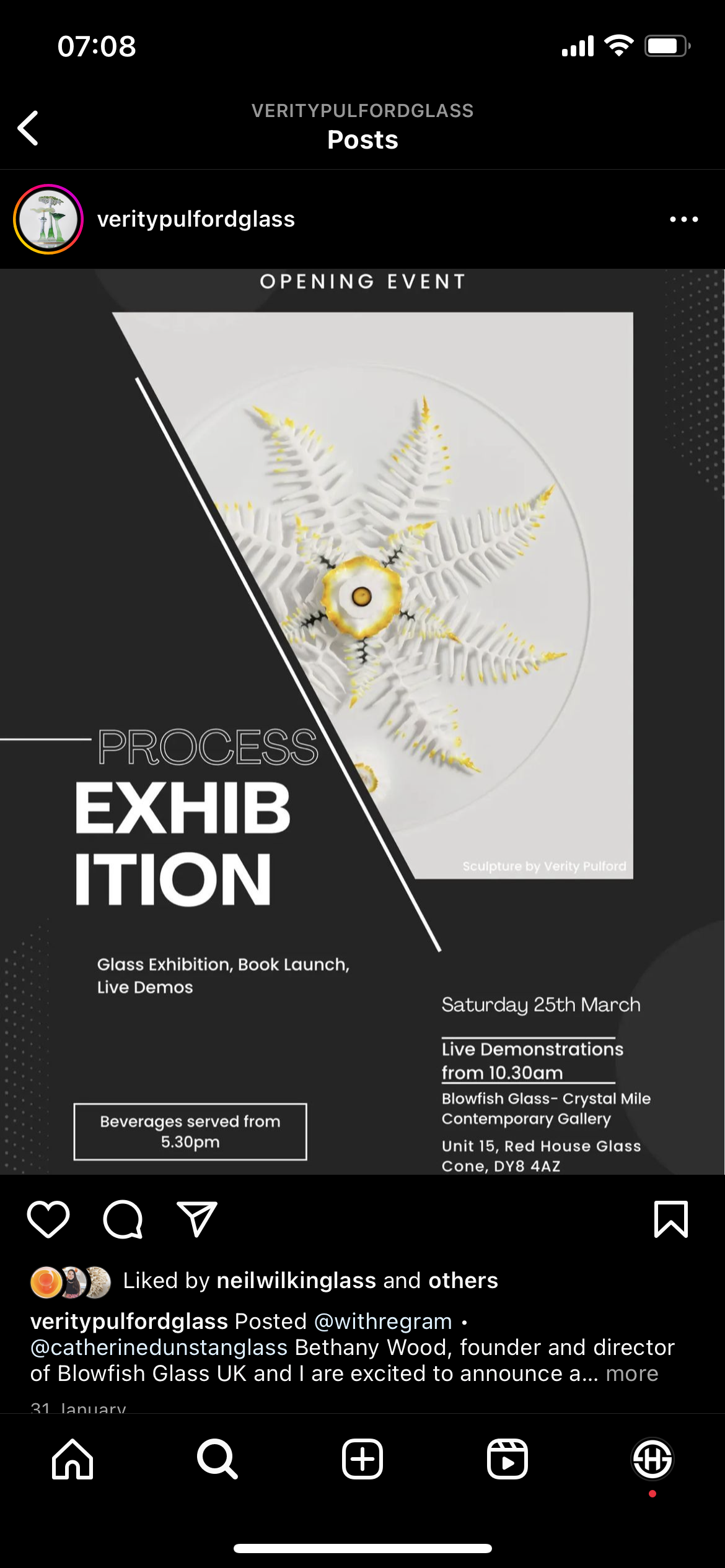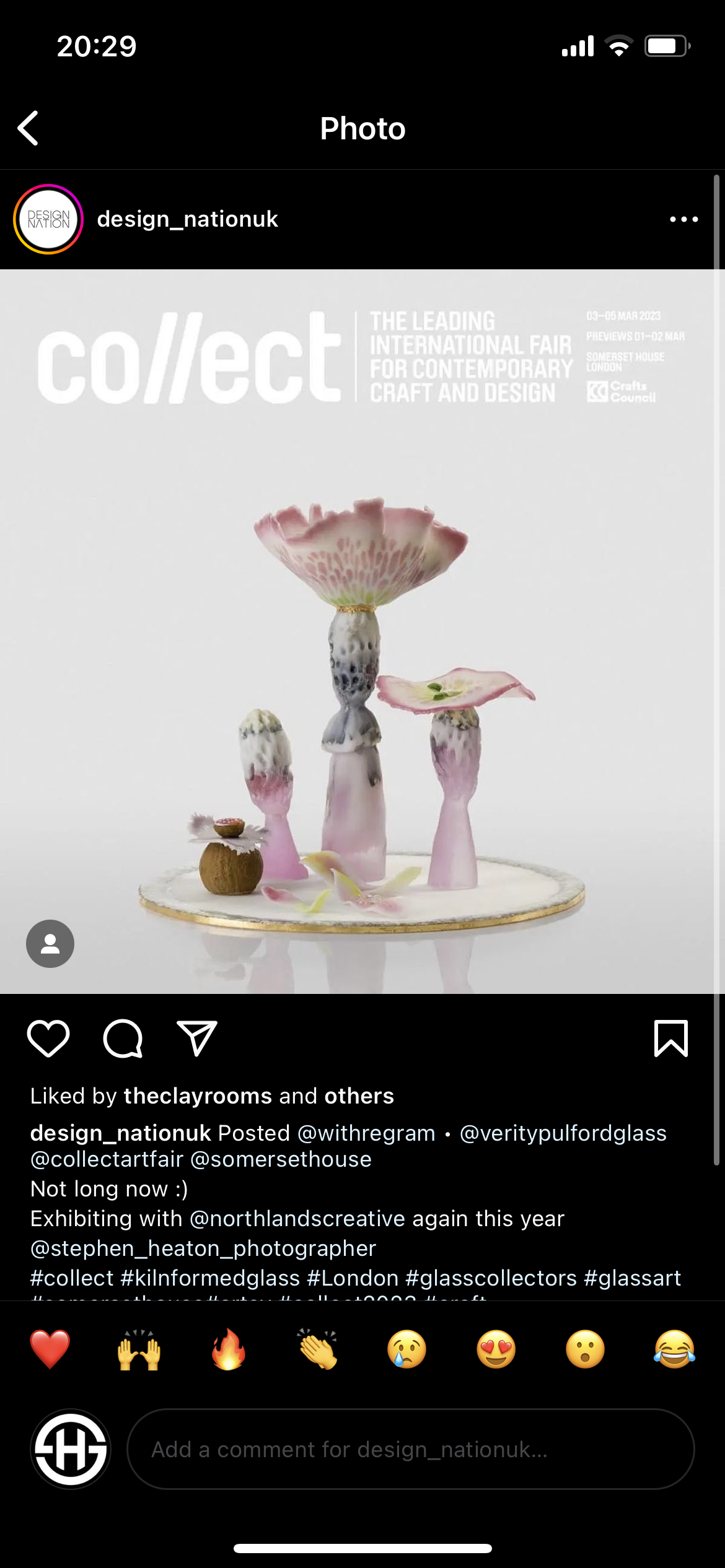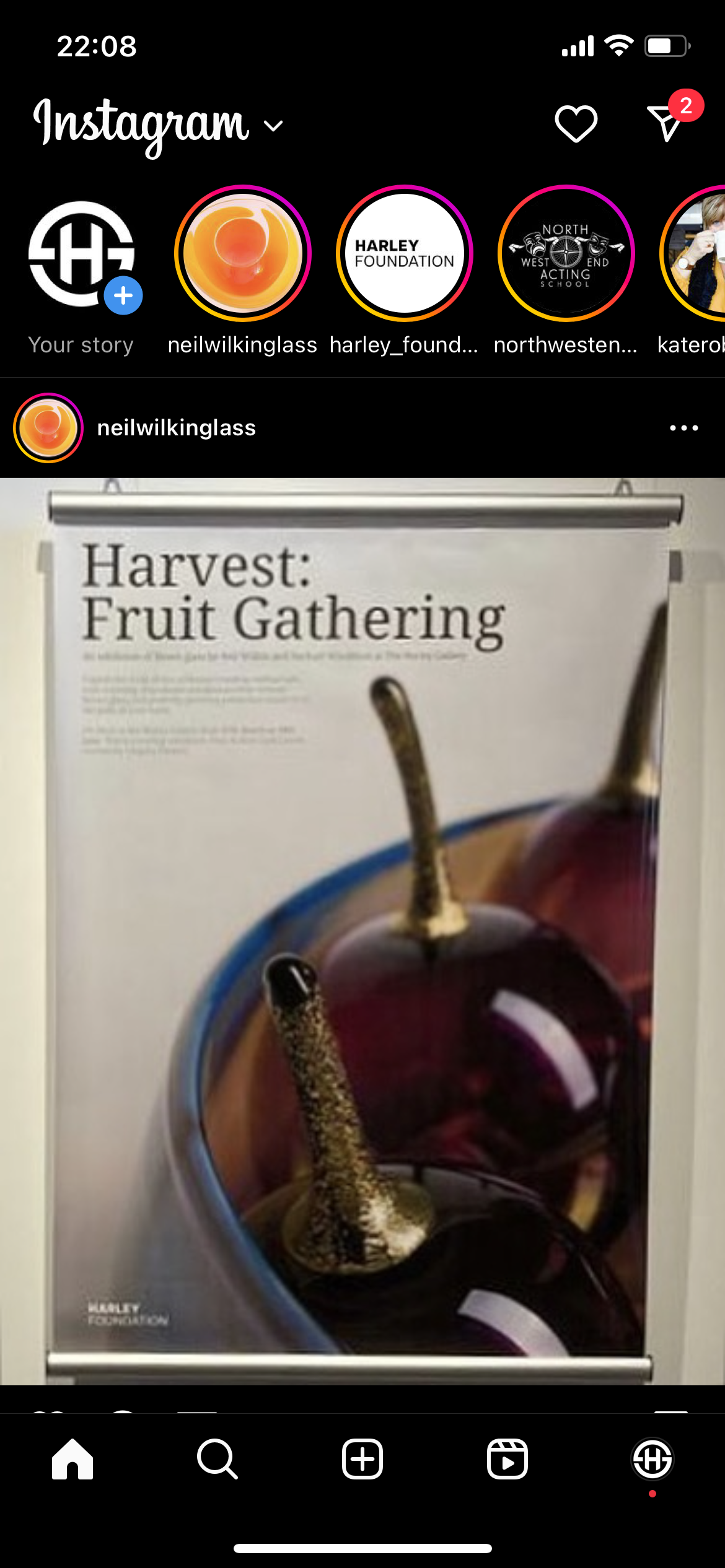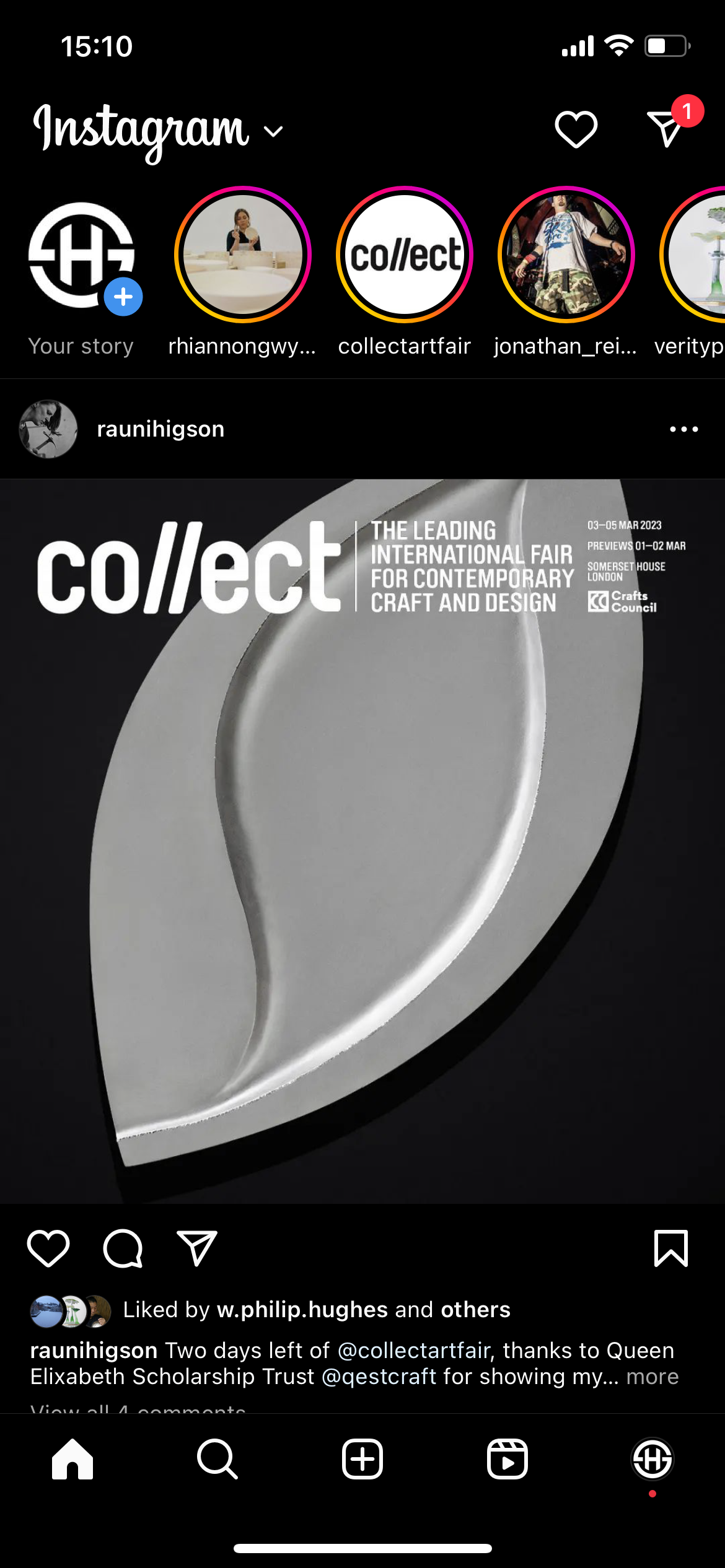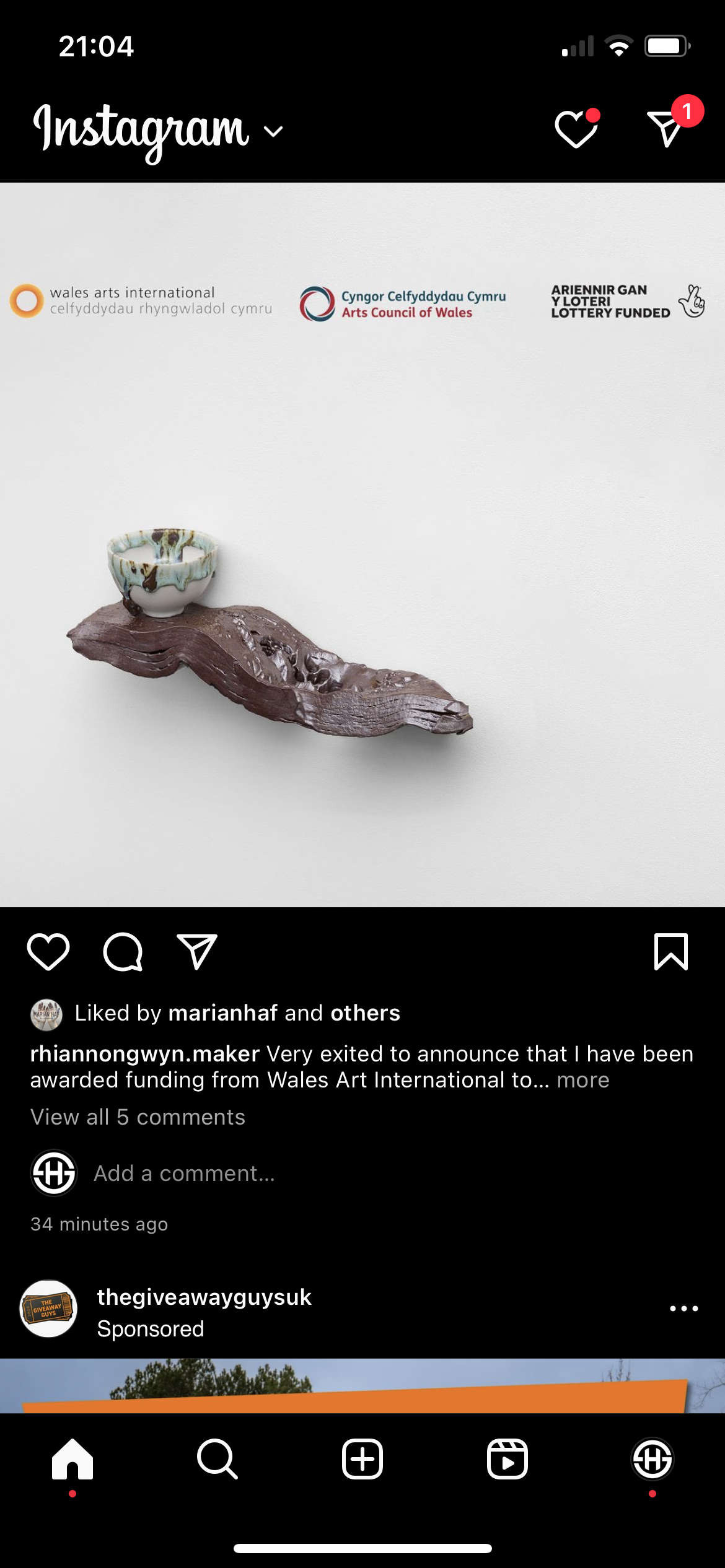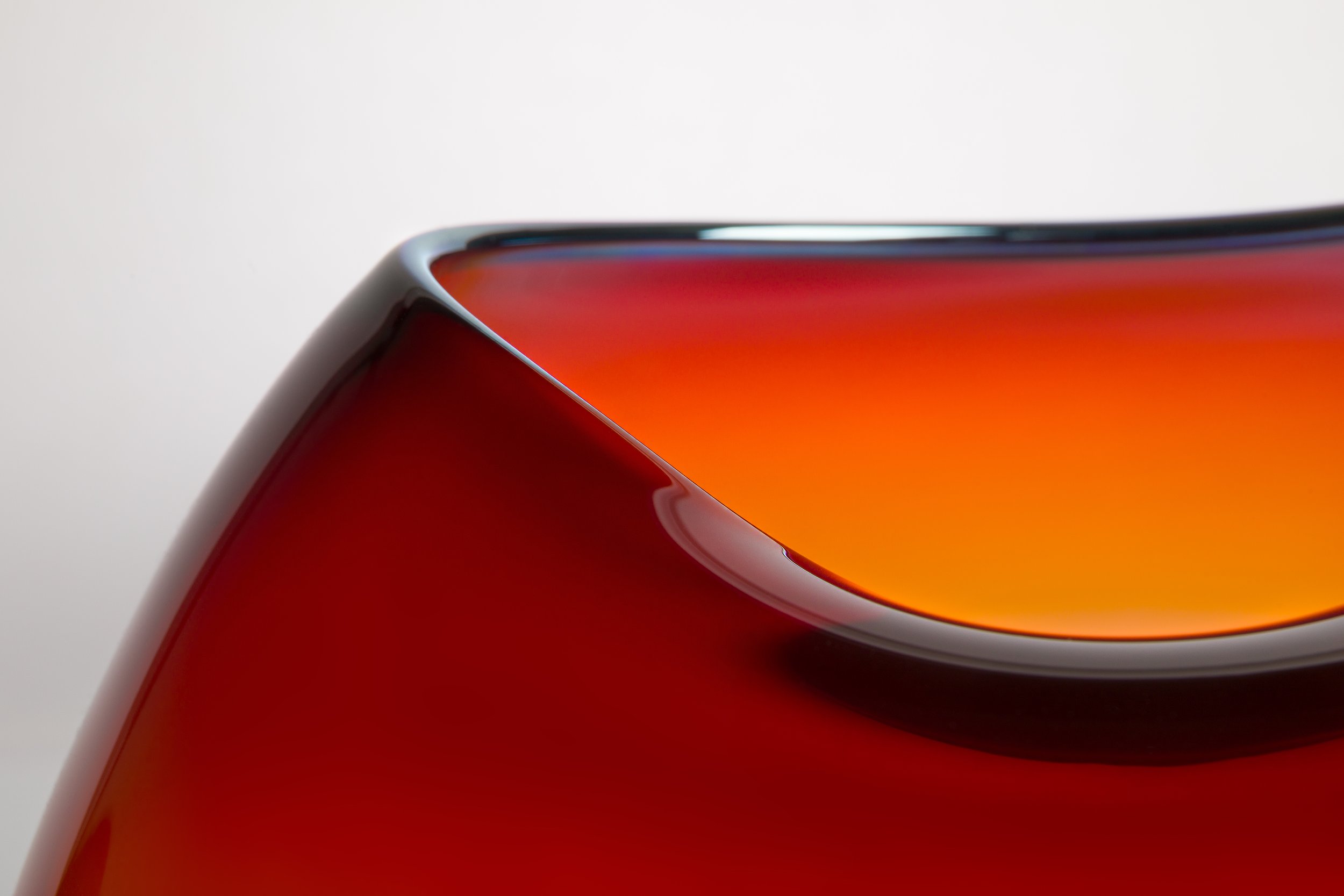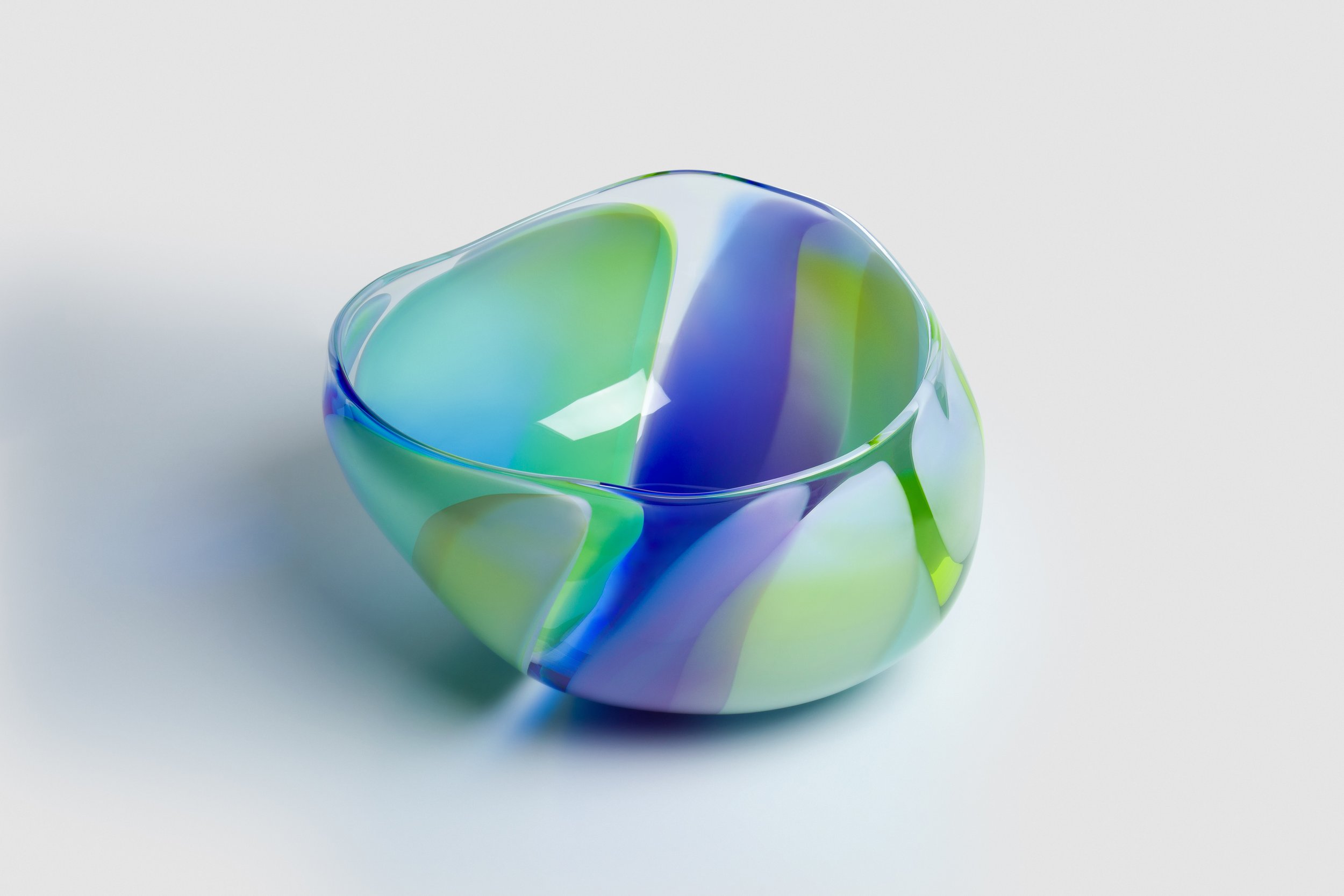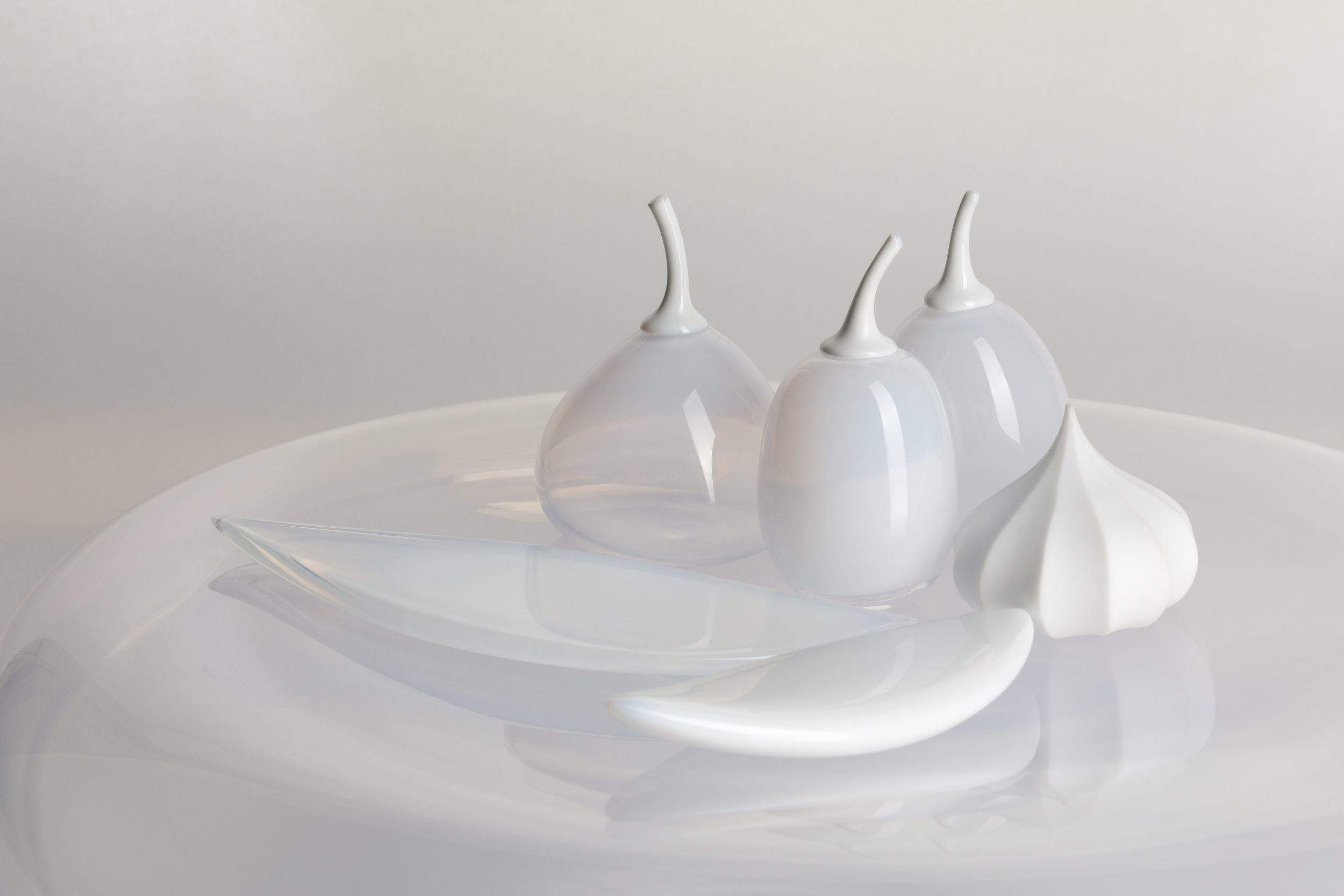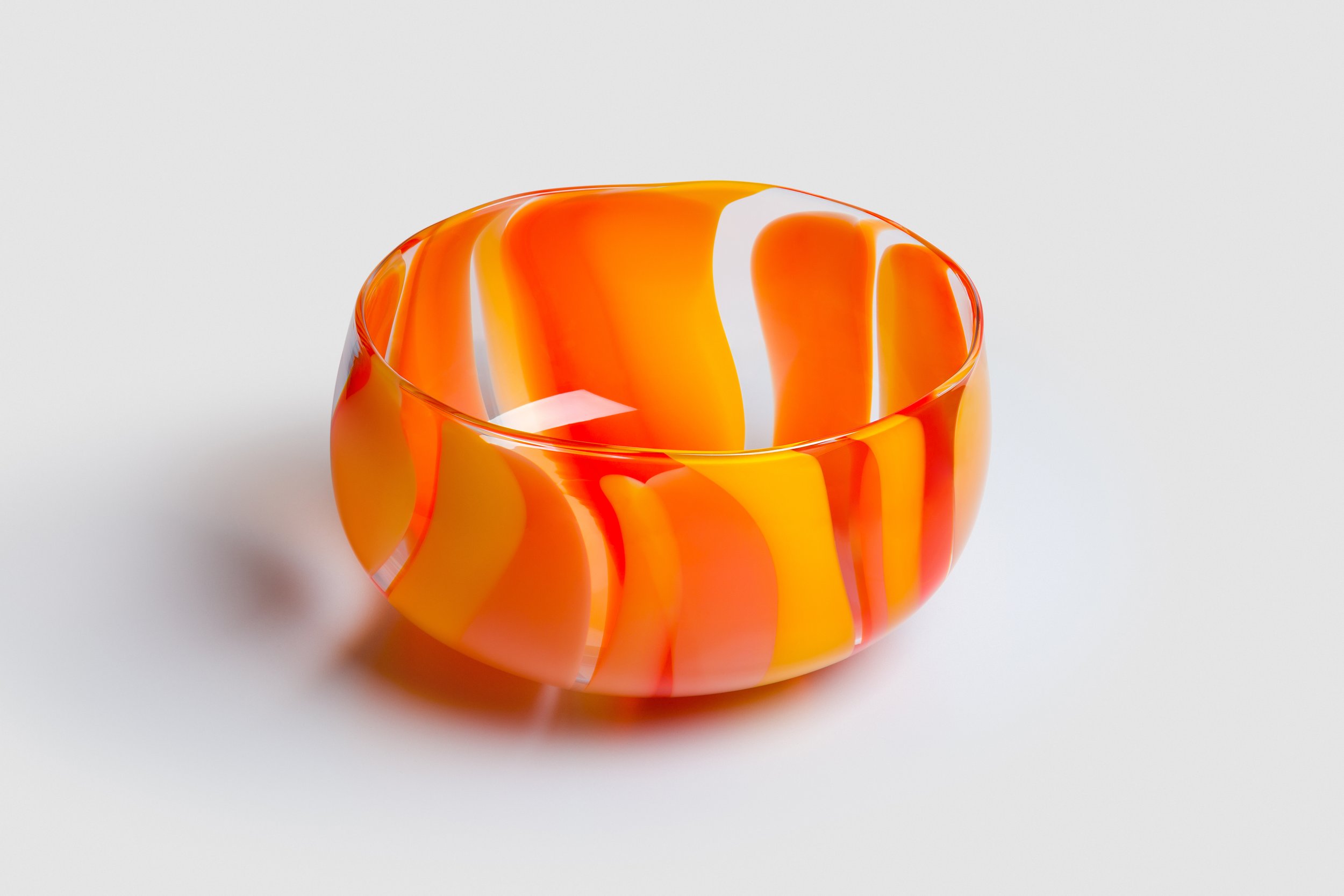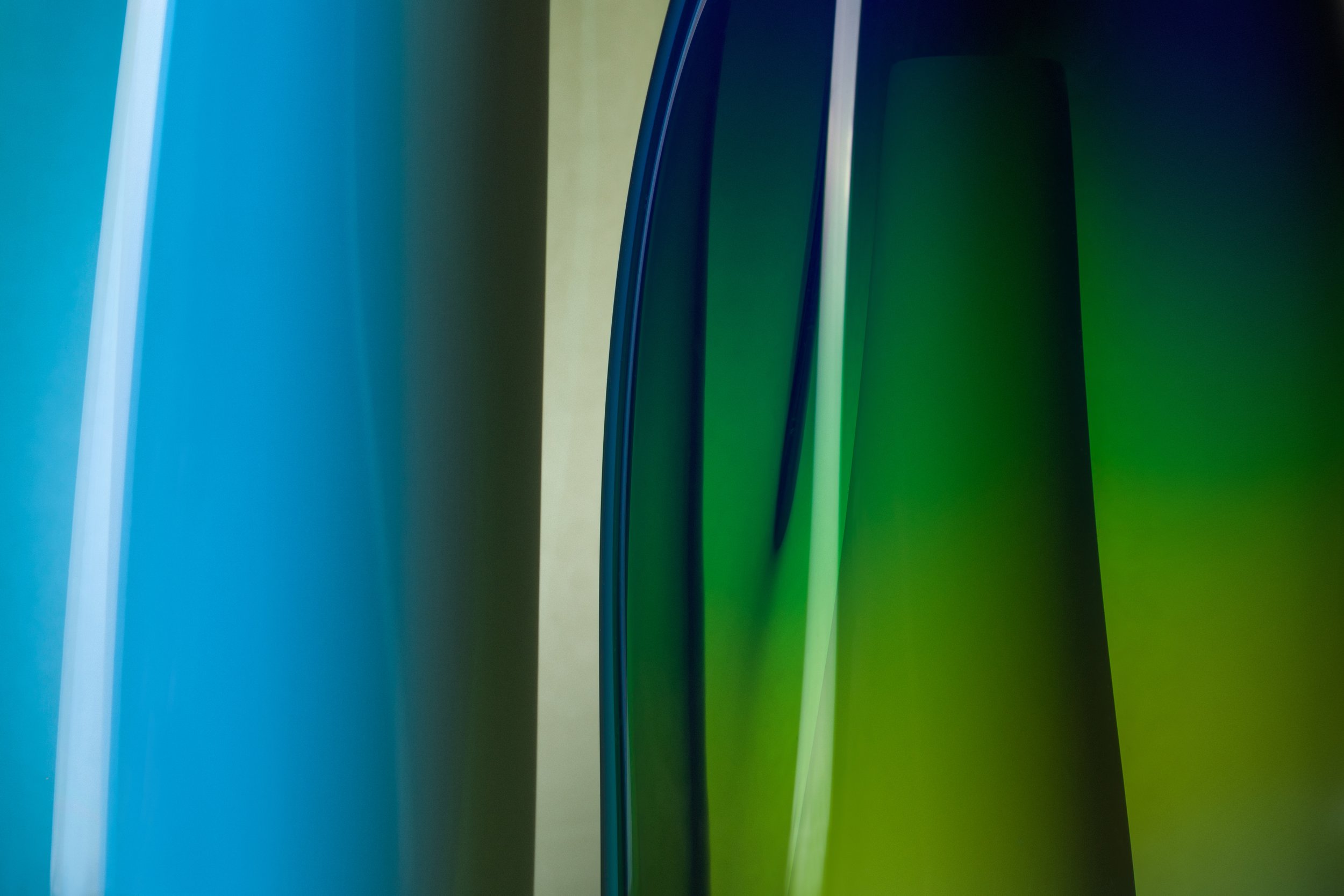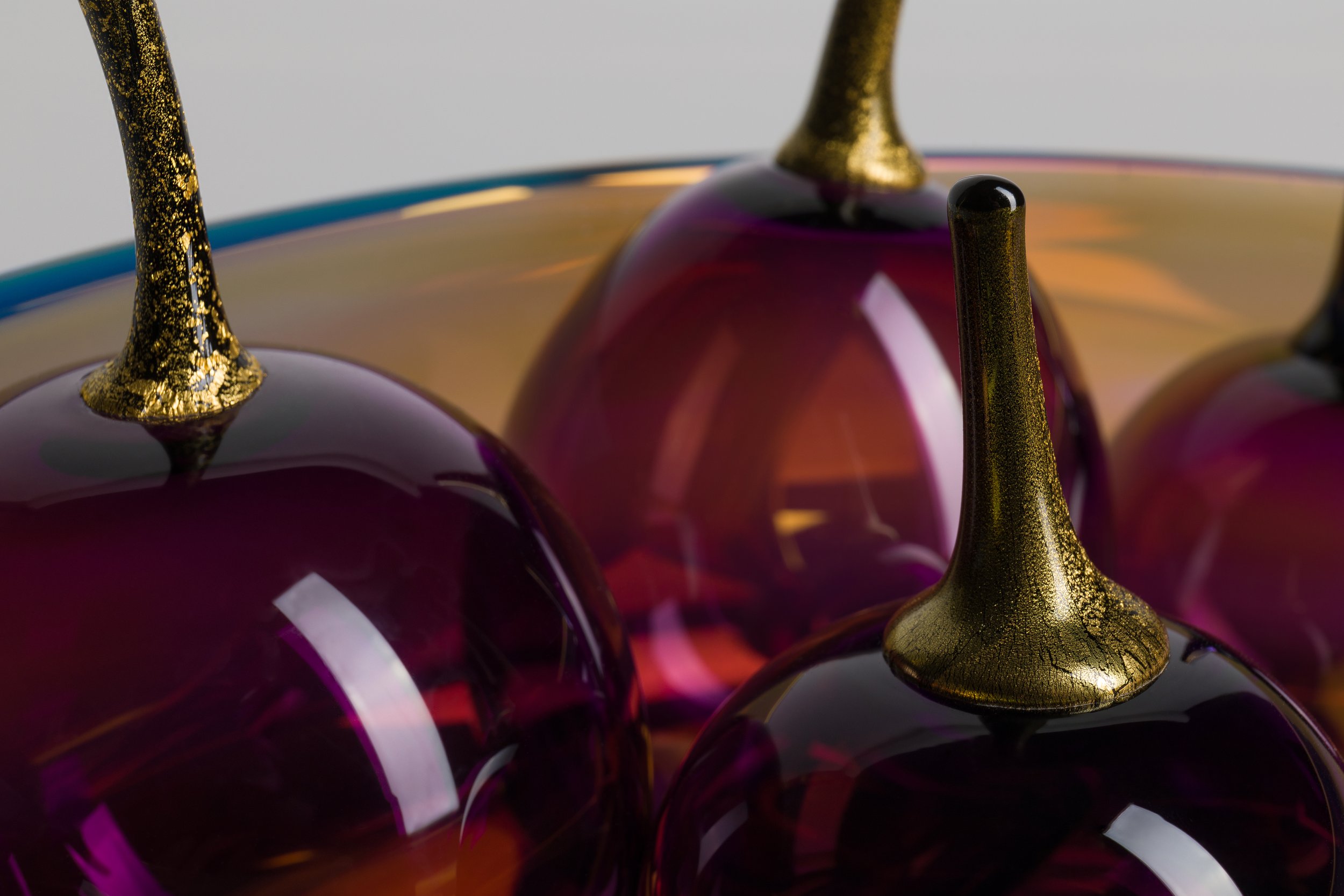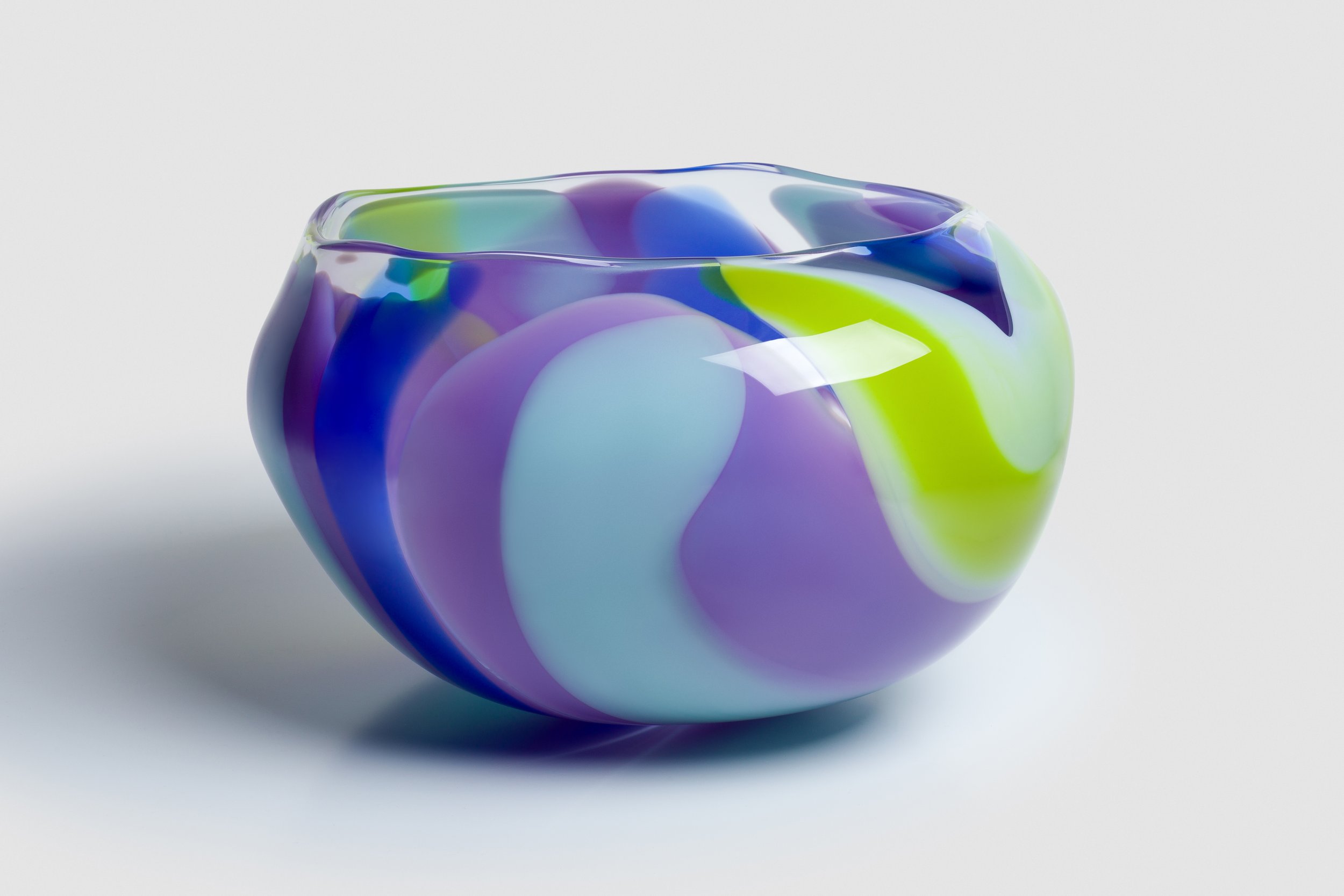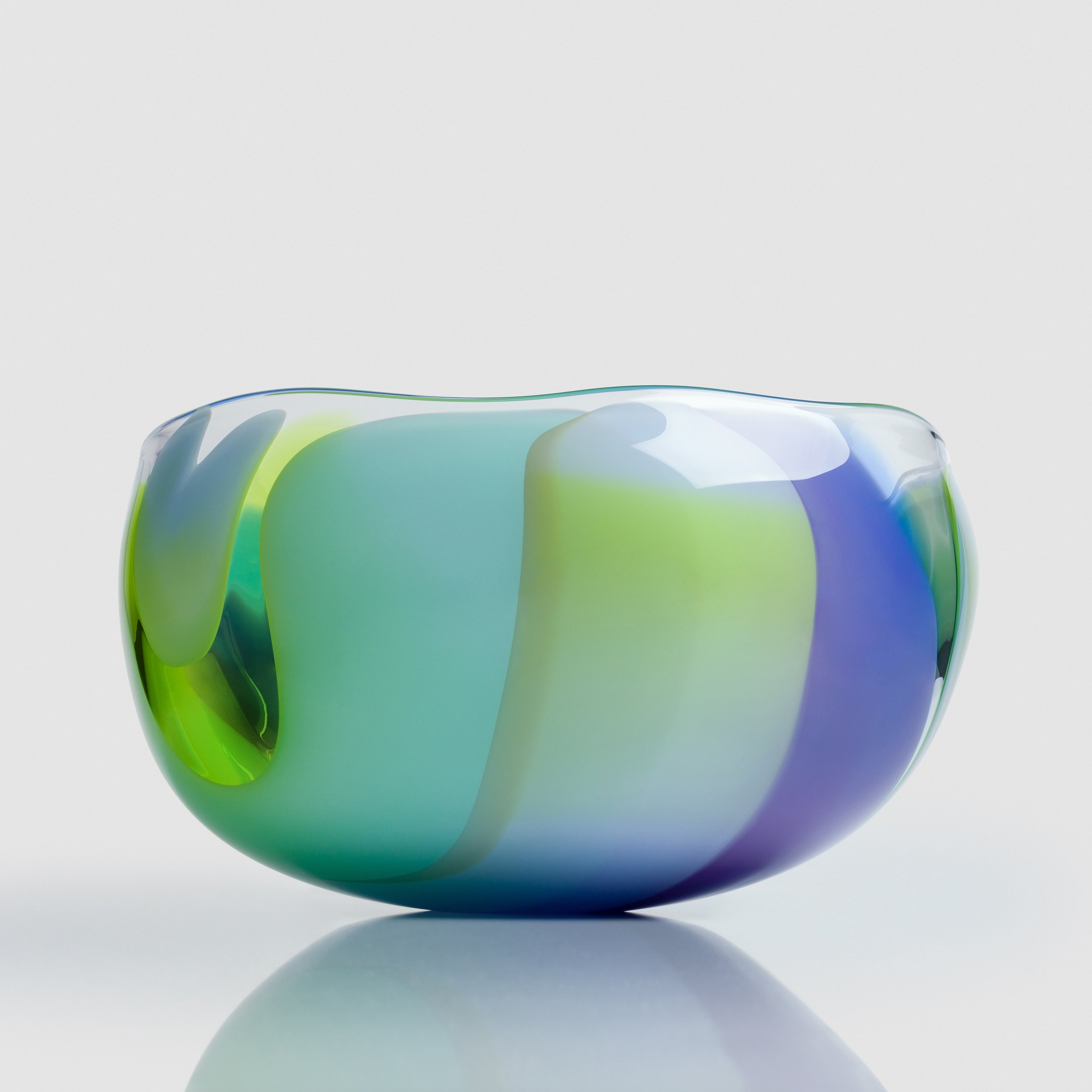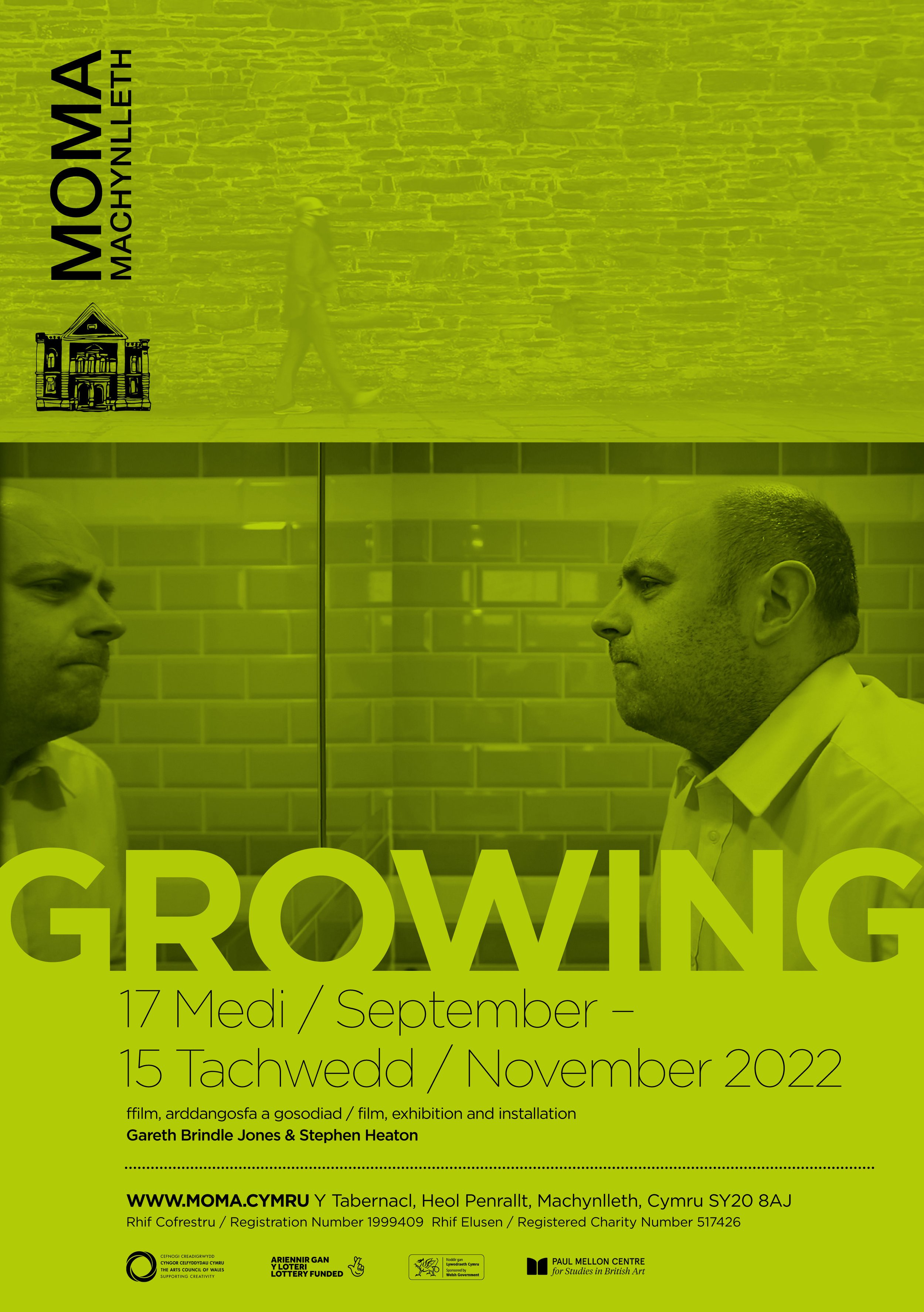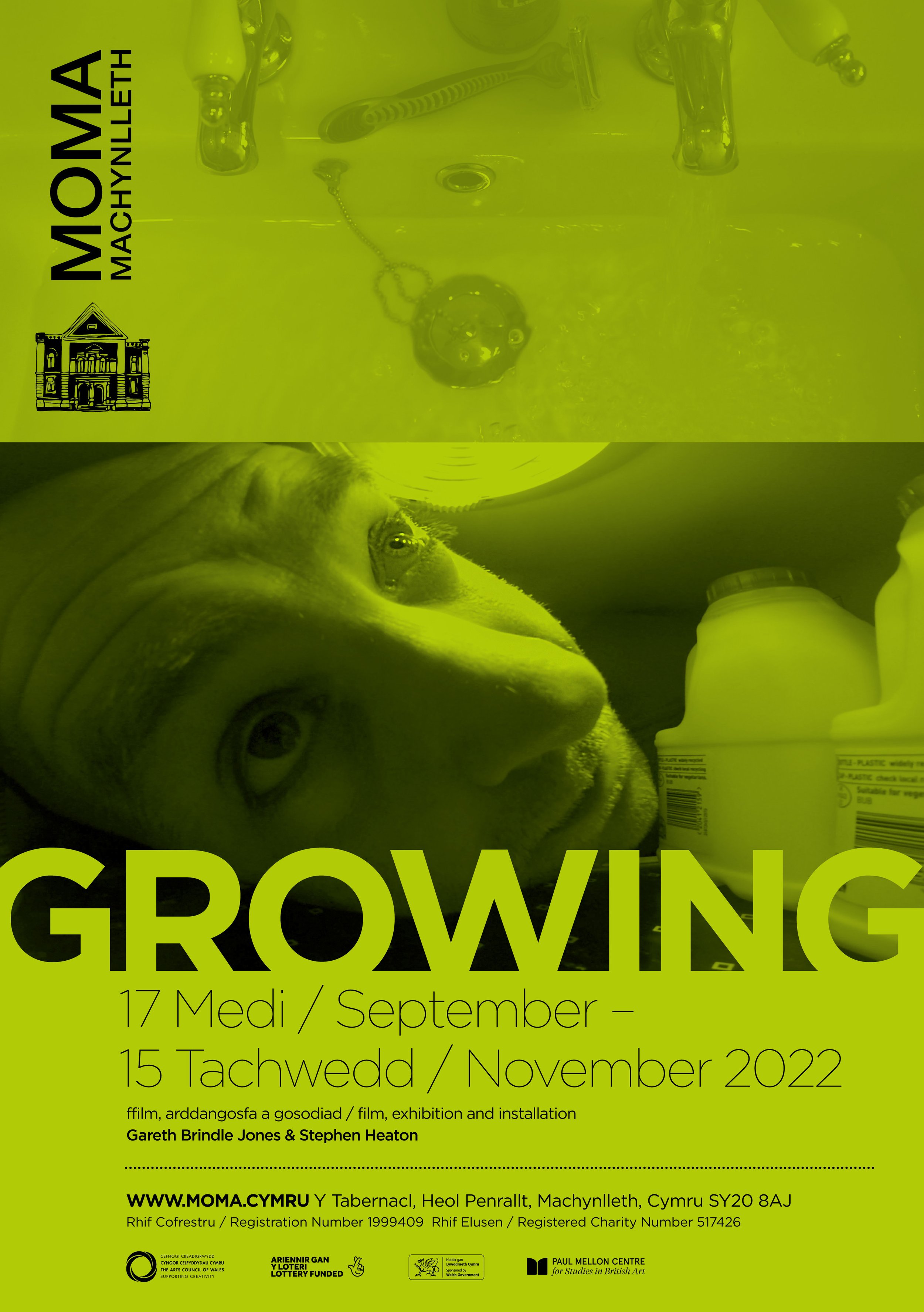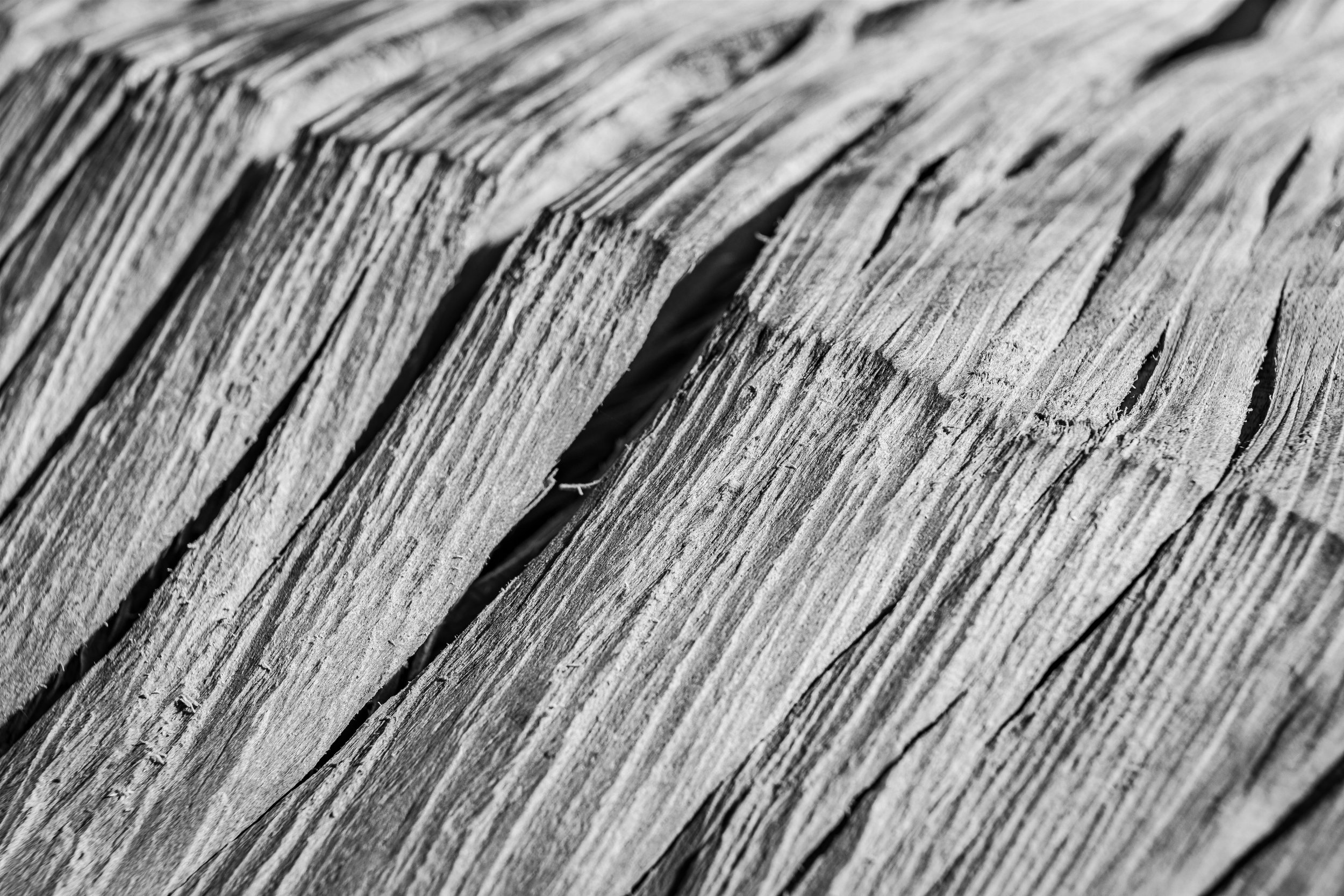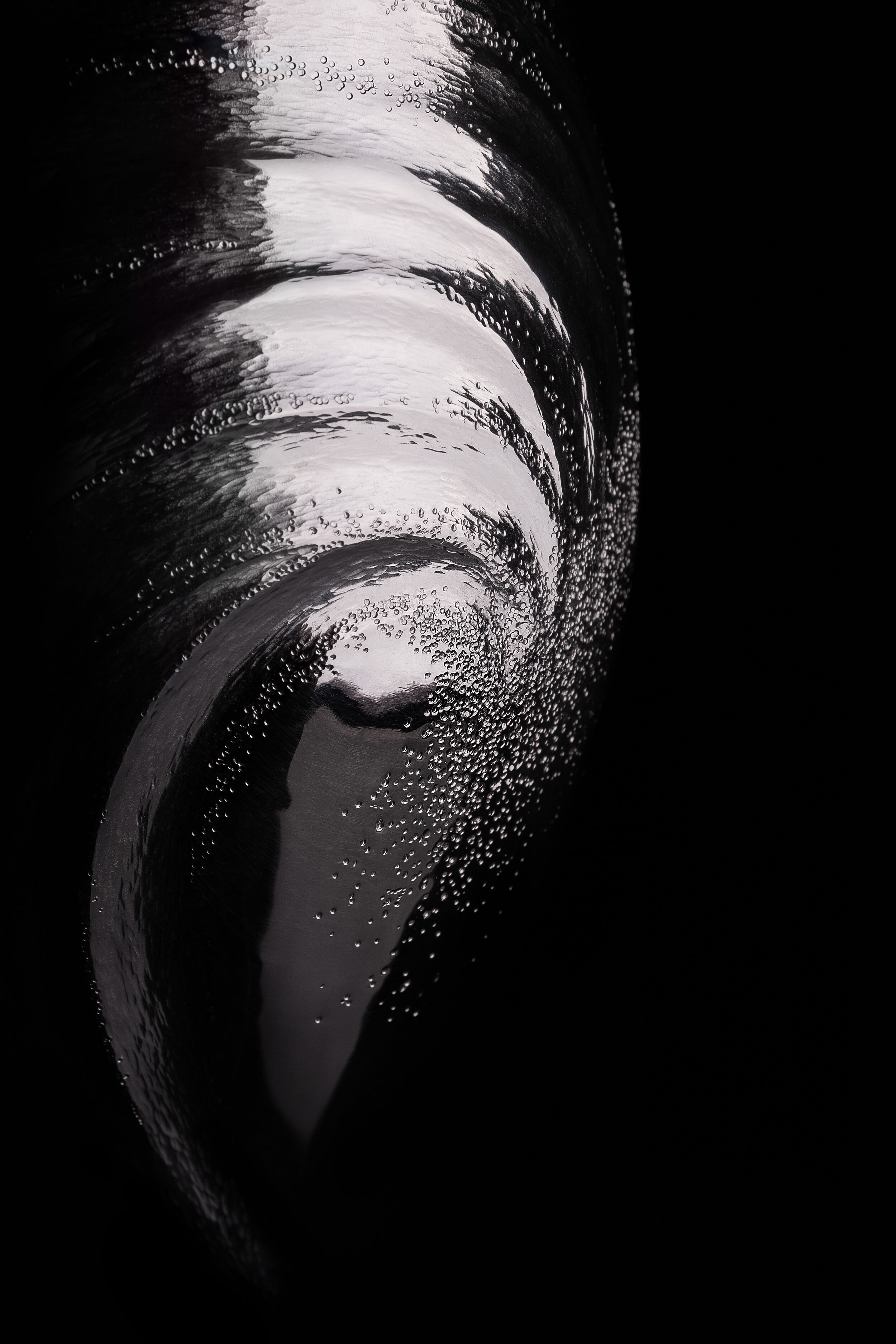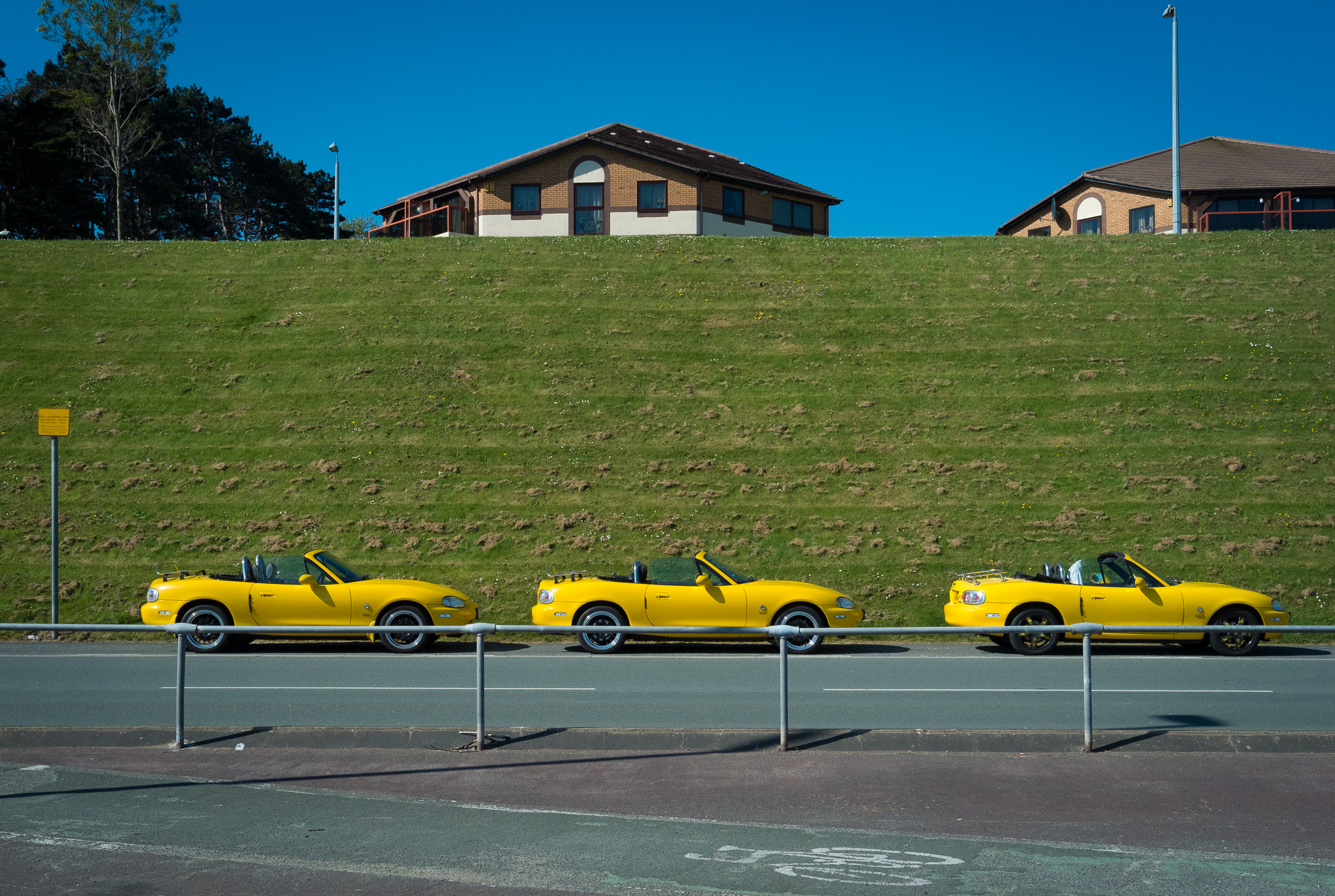I’ve been thinking a lot recently about simplicity, specifically how everything in life is improved by simplicity, never by complexity. Much has been written on this subject and I’ve tried to read as much of it as I can, various writers talking about ‘laws’ of simplicity, or casually misusing the word Zen as an overarching word to describe the simplicity of a task or action.
I’m going to try to talk about simplicity in photography and how I try to use the ethos of simplicity in my work… with varying degrees of success!
There’s a hugely unlikely story about the Renaissance artist Michelangelo. He was allegedly asked about the difficulties that he must have encountered while sculpting his masterpiece David – he apparently replied with a fairly comical description of his creative process: ‘It’s easy. You just chip away all the stone that doesn’t look like David’.
This is almost definitely a fanciful or misattributed quote, I really can’t see those being the words of Michelangelo but it does, at its core, contain a brilliant truth and an important message. Whatever it is you’re doing in life, whatever creative pursuit you’re undertaking, reduction is key, removing all distractions, paring down the process to it’s most minimal and focussed form, losing anything that isn’t part of your ultimate goal is paramount, culling anything that ‘isn’t David’.
In photographic terms, for me at least, this ‘Simplicity Ethos’ applies to three basic aspects – equipment, mindset and composition.
Equipment
As photographers, we all love equipment, I guess there may be exceptions but on the whole I believe that we all enjoy our gear, whether for the sheer mechanical joy of using it or simply that they’re tools which allow us to express ourselves in a unique way. So often though, we can all become obsessed with a some new piece of kit, in the misguided belief that if we just had that new body, lens, speed light, modifier, etc. etc. our photographs would be soooooo much better… deep down though, we all know that’s not true. The great photographs of our time have nothing whatsoever to do with equipment and everything to do with simple human emotions and how those images stirred those feelings, those reactions within us.
Whether that’s a simple portrait of a refugee child or a breathtaking landscape, the feelings they generate are what matter. Do you think anyone looked at Steve McCurry’s Afgan Girl and thought, ‘Hmmm, I wonder what camera Steve used to take that?’ or on seeing Malcolm Browne’s Burning Monk for the first time, thought ‘yeah, it’s ok but it would have been better on medium format.’ The equipment is irrelevant, it simply doesn’t matter, the story matters, the art matters, the emotion matters, everything else is irrelevant. I know some of you will be crying out ‘of course the equipment matters’ and ok, if you’re shooting underwater then specialist equipment matters, if you’re shooting commercially for a glossy magazine then sure, equipment matters but even in those situations, simplicity is still key. The underwater photographer does not need fiddly controls or complicated gear, he’s far too busy, watching his depth, his remaining air, all the while still trying to compose meaningful shots while not getting eaten by sharks. Even the photographer shooting fashion for a magazine does not need to be burdened with unnecessary complexity, they’ll have a fixed and often short amount of time to shoot a model or celebrity, nothing can complicate this, nothing can be allowed to add time to the shoot, you can guarantee the gear they’re using is refined to its simplest form.
So what does this gear simplicity mean to us regular shooters? Well, for me, it means using the very least amount of gear in any given situation. For street shooting, I use either a Ricoh GR or a Fuji X-Pro1, neither of which are high-end or even recent camera’s but both are absolutely optimal for street shooting. The Ricoh is about as small as a camera can realistically be while still being large enough to use the controls, it’s APS-C sensor and fixed 28mm lens provide sharp, dynamic images, with great speed and efficiency. I don’t think a camera exists that is as low-key and inconspicuous as the GR – nobody gets offended, nobody is worried they’re having a camera pointed at them, it’s a perfect street shooter.
My second choice, and the one I make when I feel I may want a change of lens is the Fuji X-Pro 1. Much maligned on release, Fuji’s commitment to its customers and to constant firmware updates has fixed all those early issues, making it a second hand bargain. Beautifully built in Japan, with classic looks and awesome features, I really enjoy using it. In contrast to the Ricoh which feels very ‘digital’ in operation, the Fuji feels joyously analogue, more akin to an old film camera than a modern digital. Obviously, you can shoot street photography using any camera at all, you just need to find what suits you, what feels most natural in your hand, a camera you can change any setting or control blindfolded, cliché though it is, you need a camera which feels like an extension of your own body. With the exception of a spare battery or two, a single camera with a single focal length lens is all you need, no tripod, no filters, no speedlight, just the bare bones, the simplest set-up possible… maybe even just your smartphone.
Mindset
Although many people I talk to shoot as a hobby, with the specific goal of distracting them from their daily life, I think it’s important to be able to clear your mind before heading out to shoot. I’m not one for meditation as such but I feel its important to find a few minutes of calm, of tranquility before heading into the street to shoot. Whether that’s five minutes in a coffee shop, staring blankly into space while caffeinating yourself or on a bench in a park feeding the pigeons, try to find a routine, a ritual that works for you, one that calms the mind, simplifies your thoughts and allows you to focus on what you’re about to do. I know we’re all time-poor, and just getting out to shoot at all can be challenging but I promise, you’ll be rewarded tenfold as the time spent clearing the mind dramatically speeds up how quickly you get in to the groove of shooting, where normally it might take you fifteen minutes or half an hour to start feeling like you’re really capturing anything worthwhile, you’ll find you’re much more quickly hitting the mark, getting keepers straight out of the gate – five minutes invested at the before starting can really pay of when you start to hit the shutter button.
Composition
The streets are a generally a busy, noisy and complex environment, finding those definitive, decisive moments in amongst that kind of chaos is difficult but I have a few pointers I personally try to keep in mind when shooting. Firstly, is to always seek out uncluttered backgrounds. There’s so much going on, isolating a subject can be very tricky, particularly as you’re unlikely to be using a wide aperture and short depth of field. This means uncluttered backgrounds are key, look for clean hoardings, shutters, even brick walls, anything that won’t be a distraction for the eye. You can then shoot people passing by without worrying about distracting background objects protruding from heads, without the viewer hunting for the subject of your shot amongst a confusing scene. Obviously we’re all searching out good light but most often on the street, a single light source can make the shot. Whether that’s a single shaft of light from between buildings or a single street lamp at night, simplicity is key, less is always more. These single light sources act as a spotlight in which to capture your subject, and in combination with an uncluttered background will create a dramatic and a concise image that presents the viewer with a clear vision of your intent, they’ll see exactly what you wanted them to look at when you took the shot.
Over the last 24 months, I’ve tried to simplify my life considerably, this has meant letting go of many things, some that were unhealthy anyway but some that were simply ‘time vampires’ sucking away my time with little pleasure or productivity coming back in return. The full list would surely bore you to tears but edited highlights of what’s gone are: chocolate, motorcycles, energy/sugary drinks, people who take but never give, a heavy codeine addiction (prescription!) and Playstation games. By no stretch of the imagination do I live like a Buddhist Monk now but even with this tiny handful of complications gone from my life, I can focus so much more clearly.
Whether your distractions and complications are equipment, people or poisons, think about removing them from your life – simplify. For every item you remove, you will gain time and/or money, both of which can go towards your real passion, toward your true goals. Even if eradicating a complication somehow fails to provide money or time – I guarantee it will still provide greater head-space, greater freedom to pursue your personal mission and achieve much, much more.










